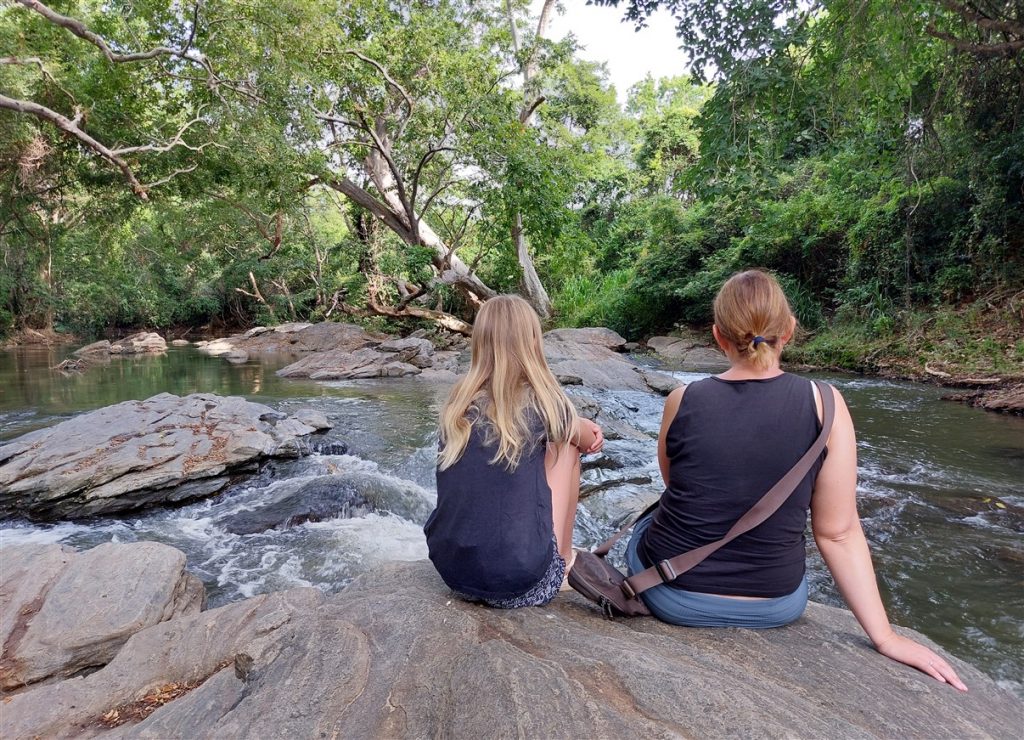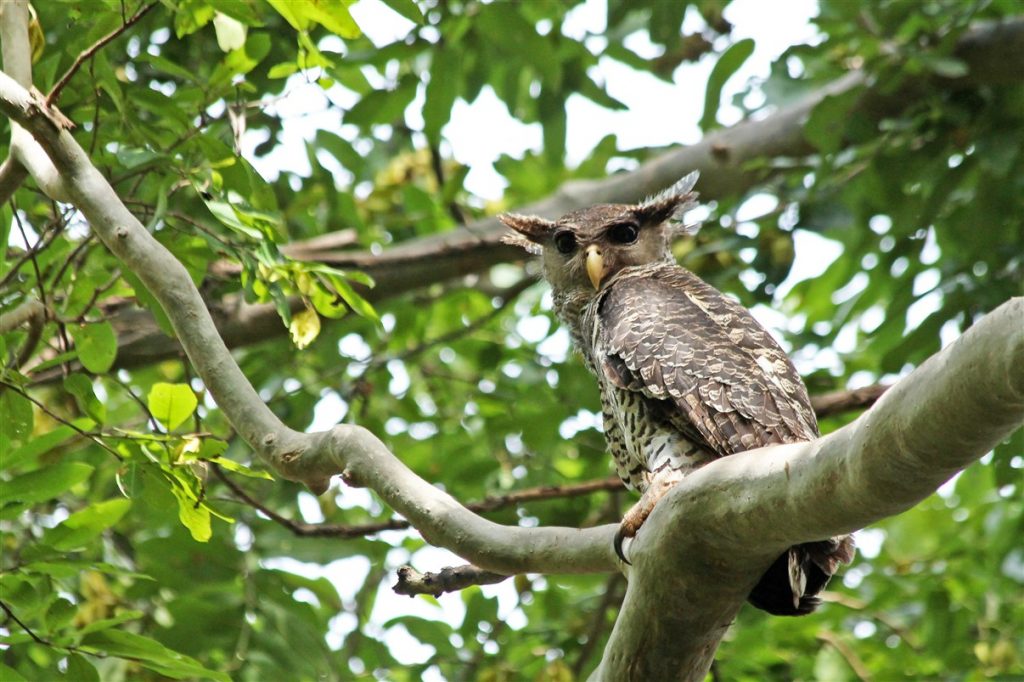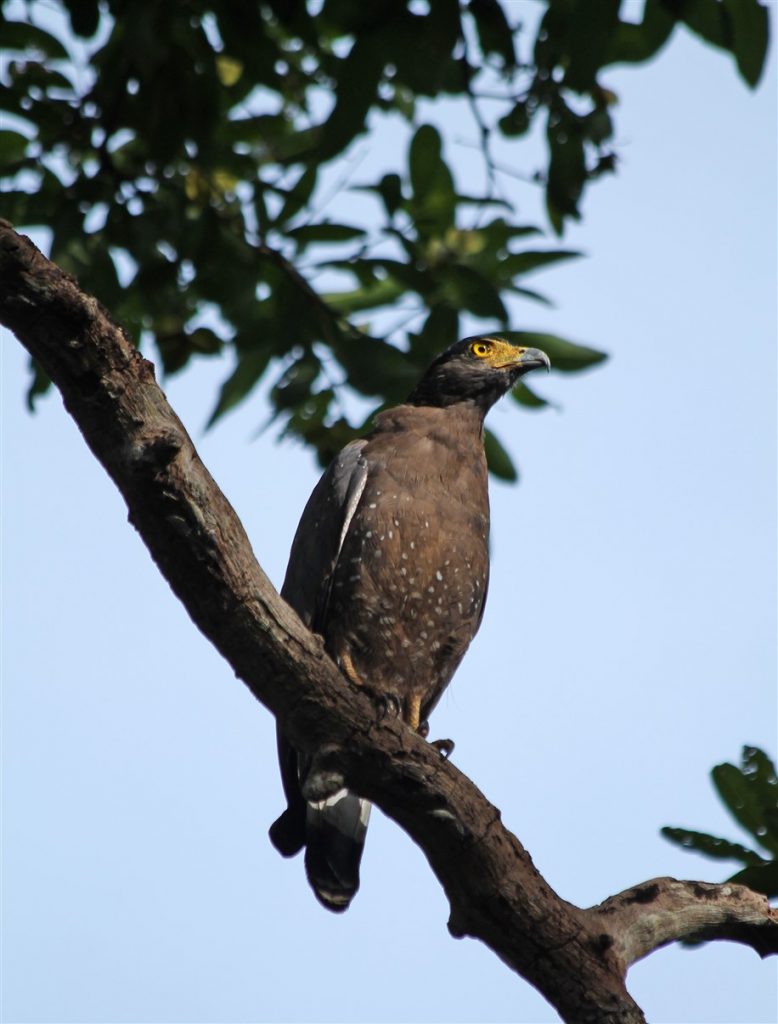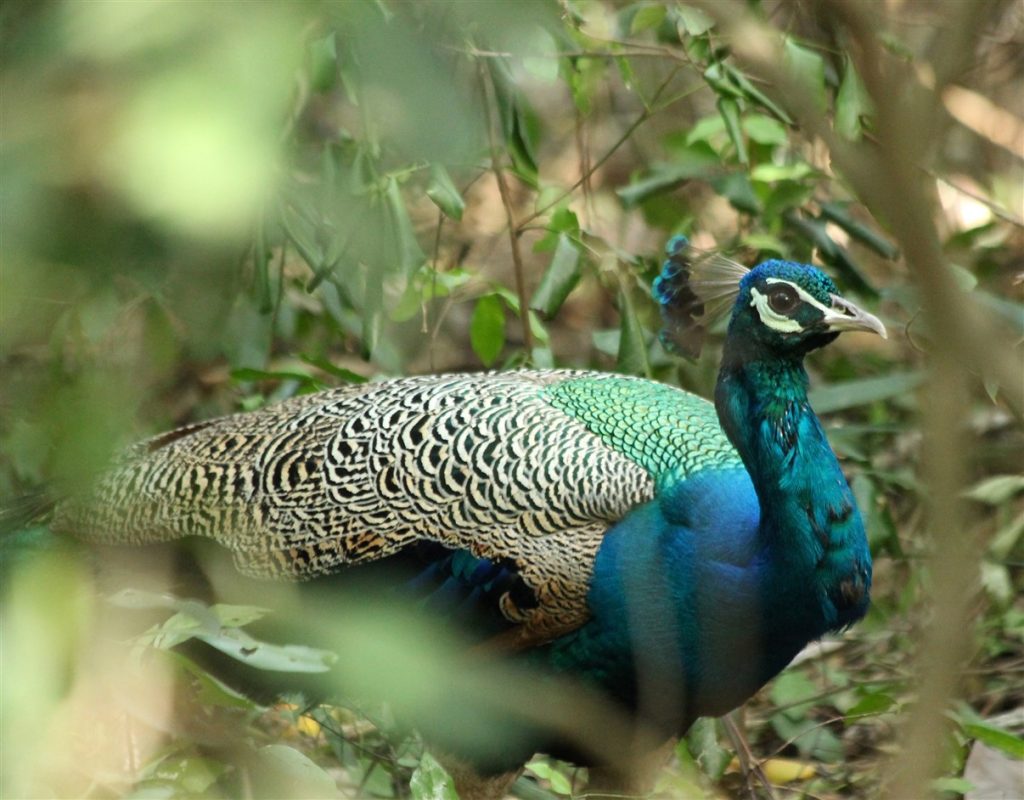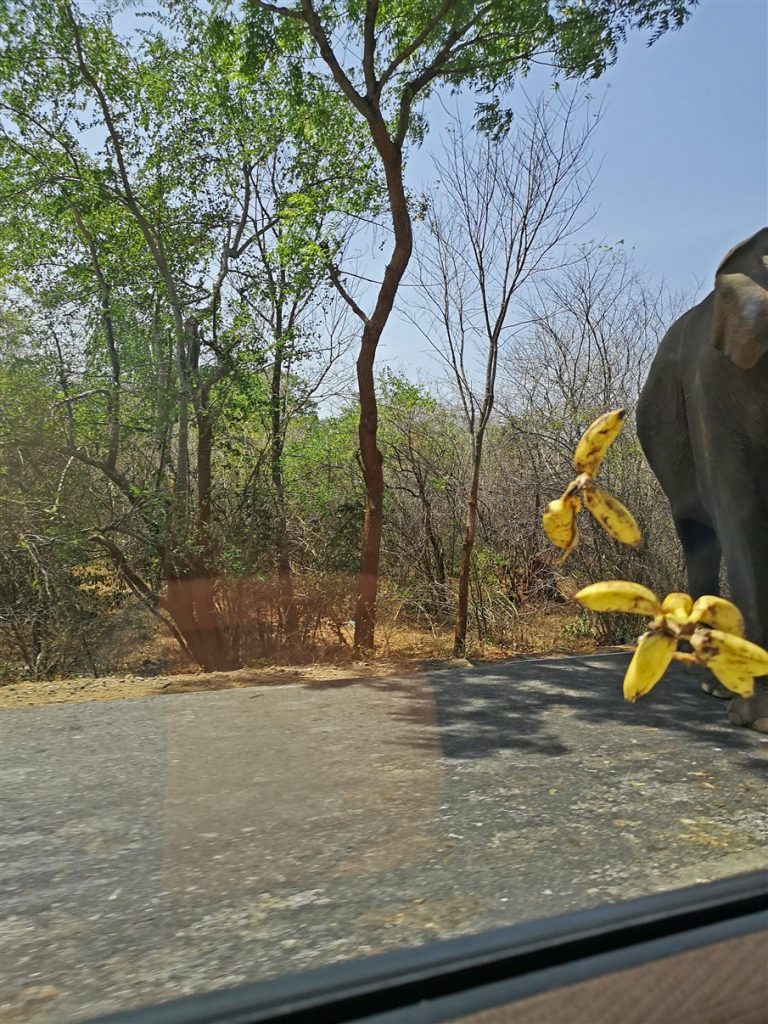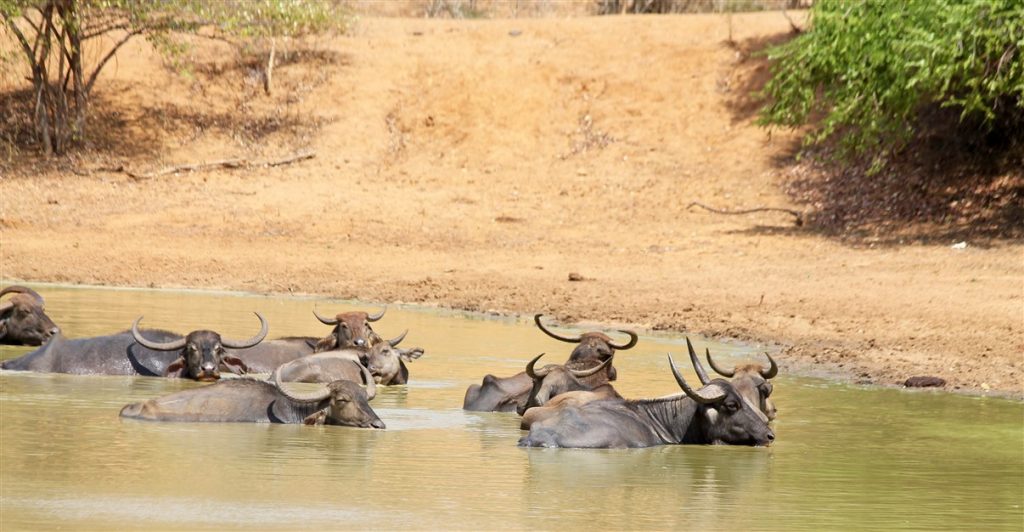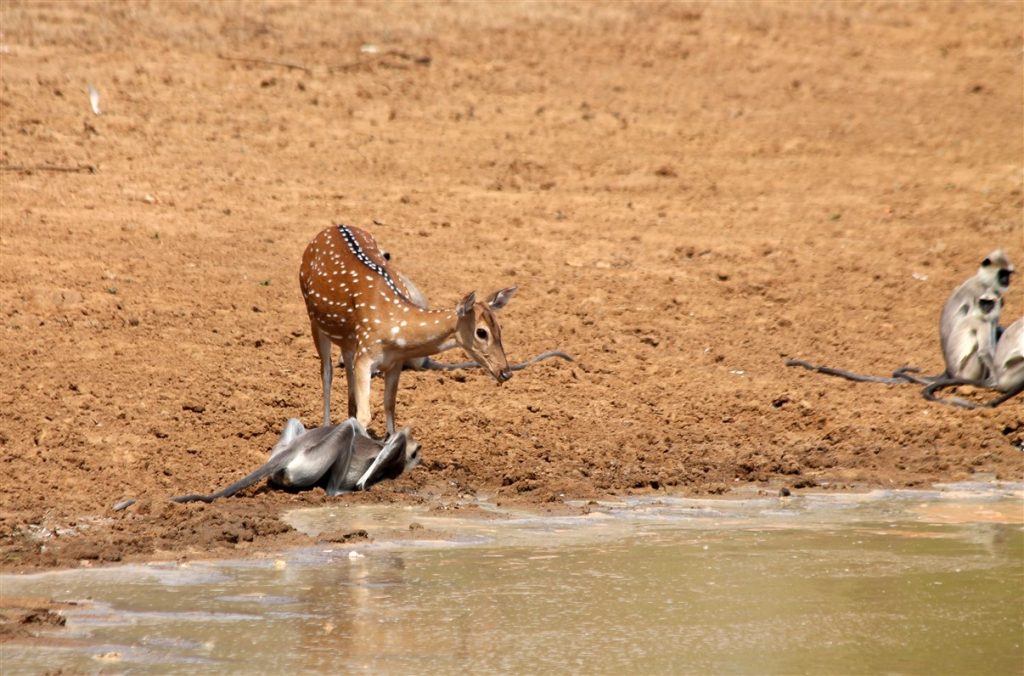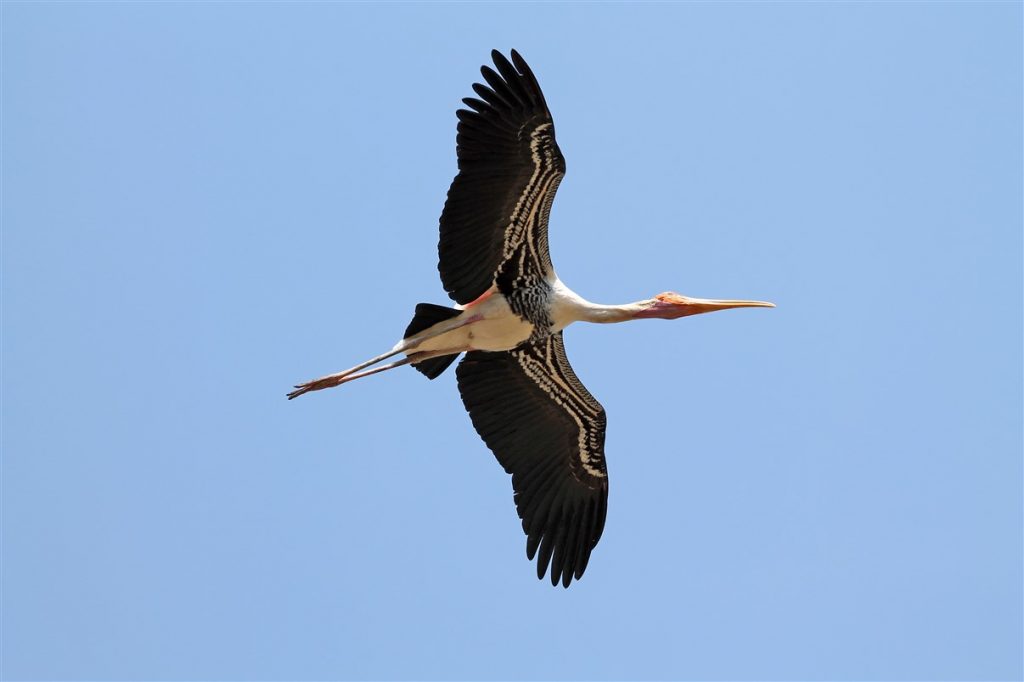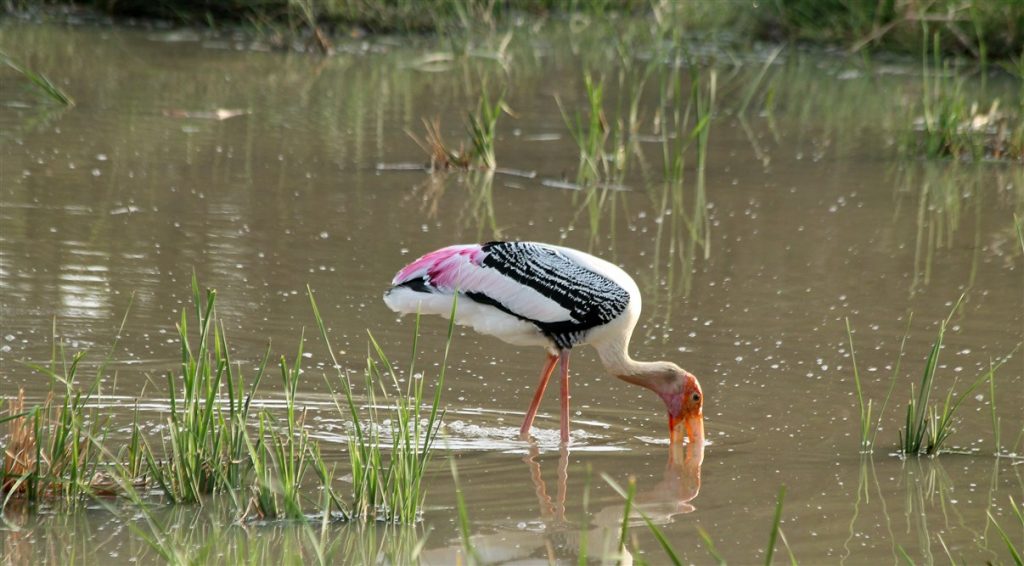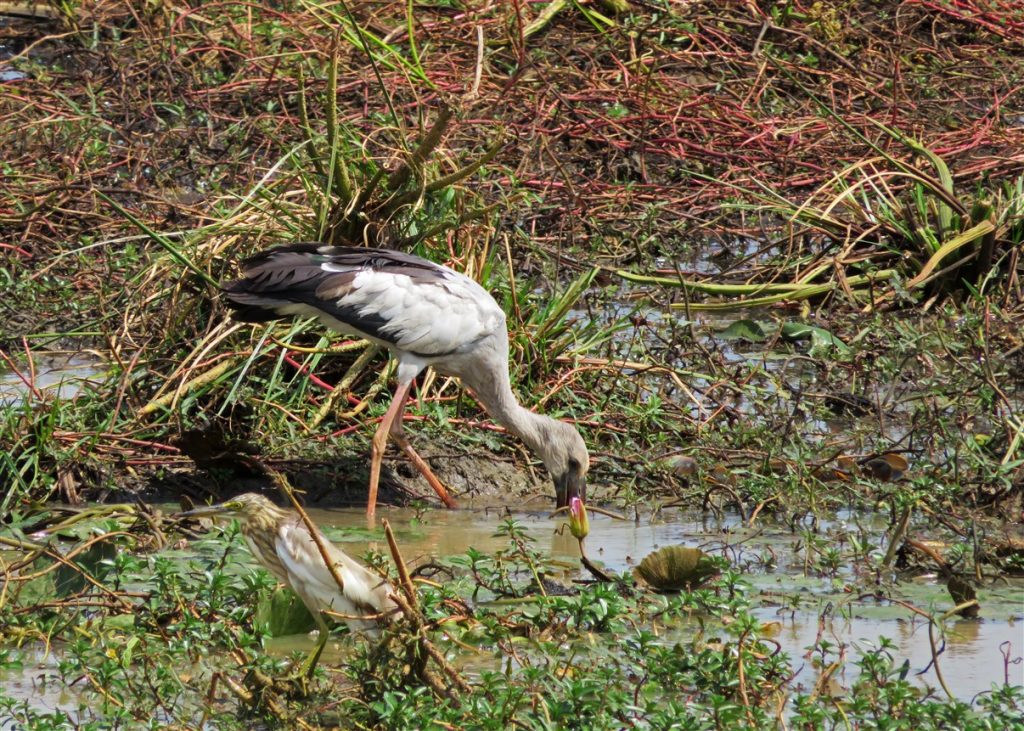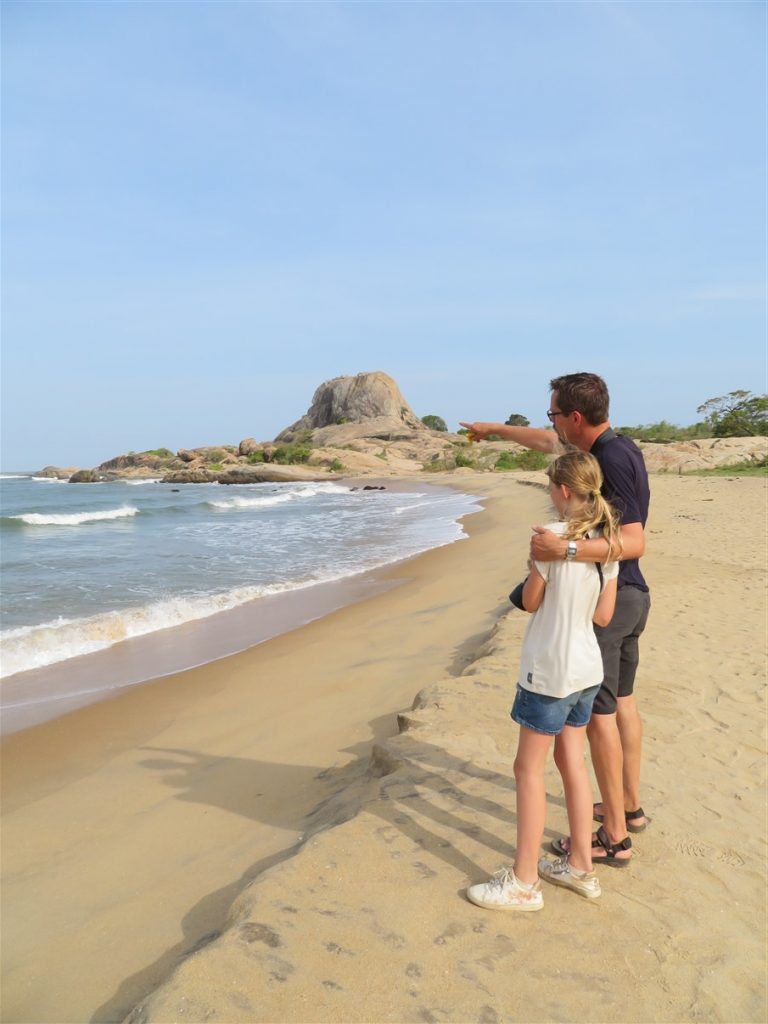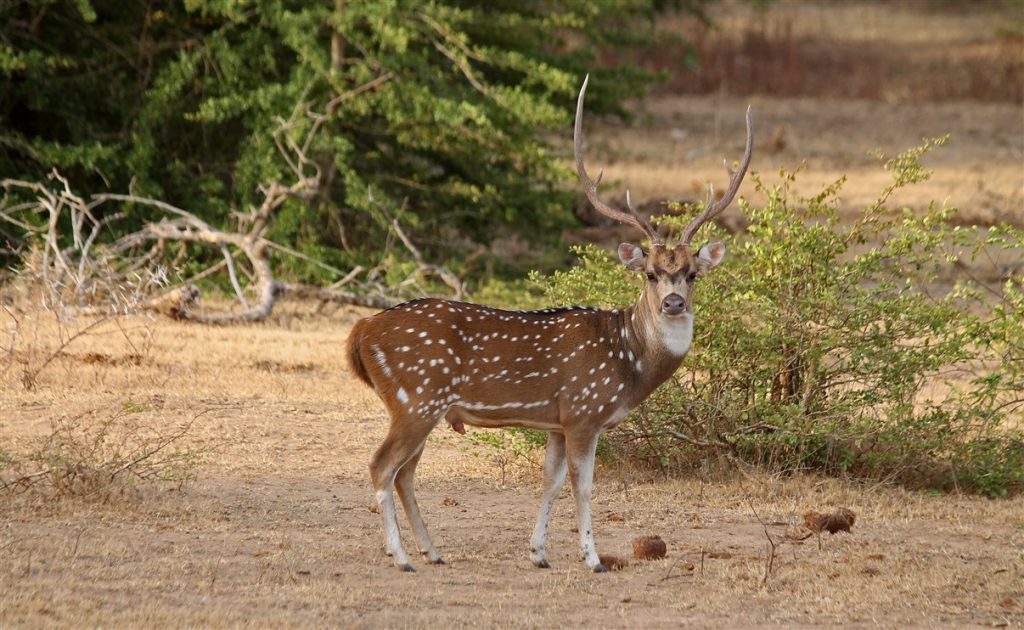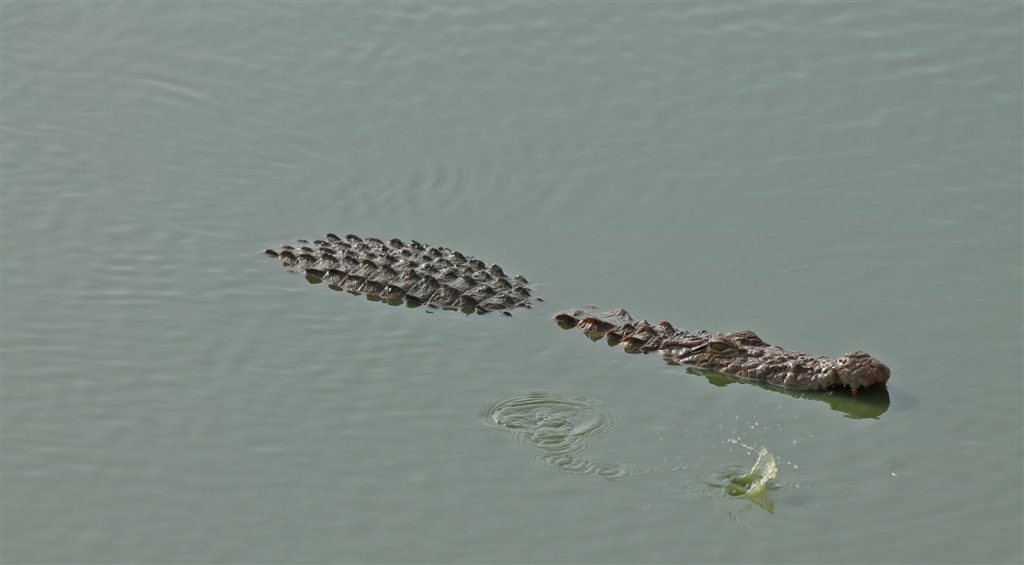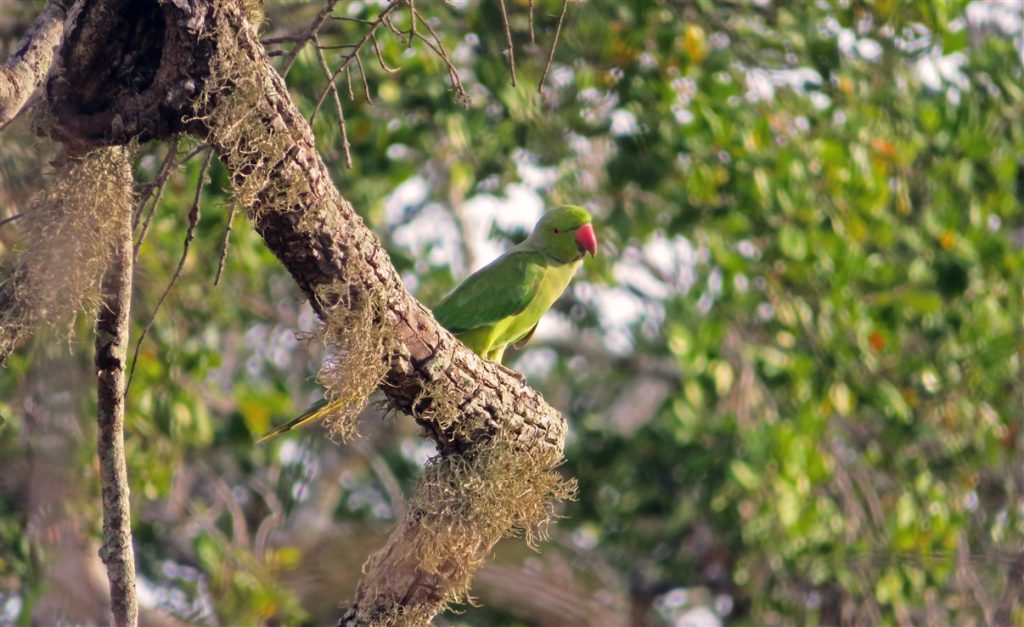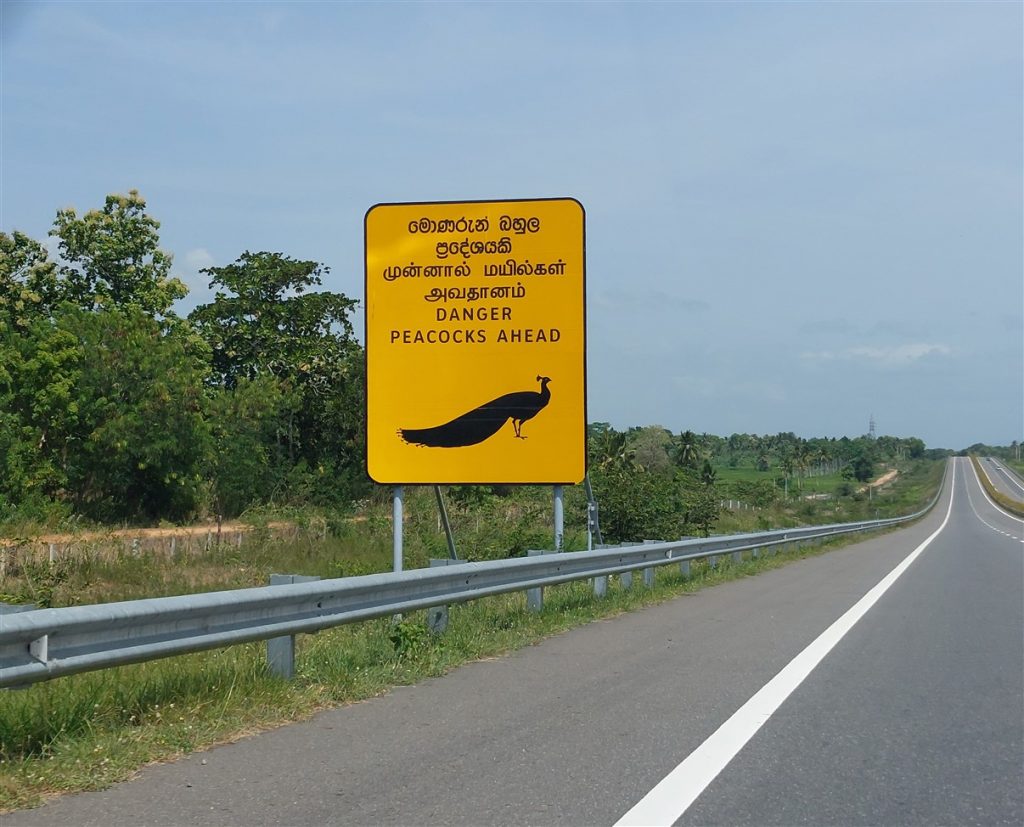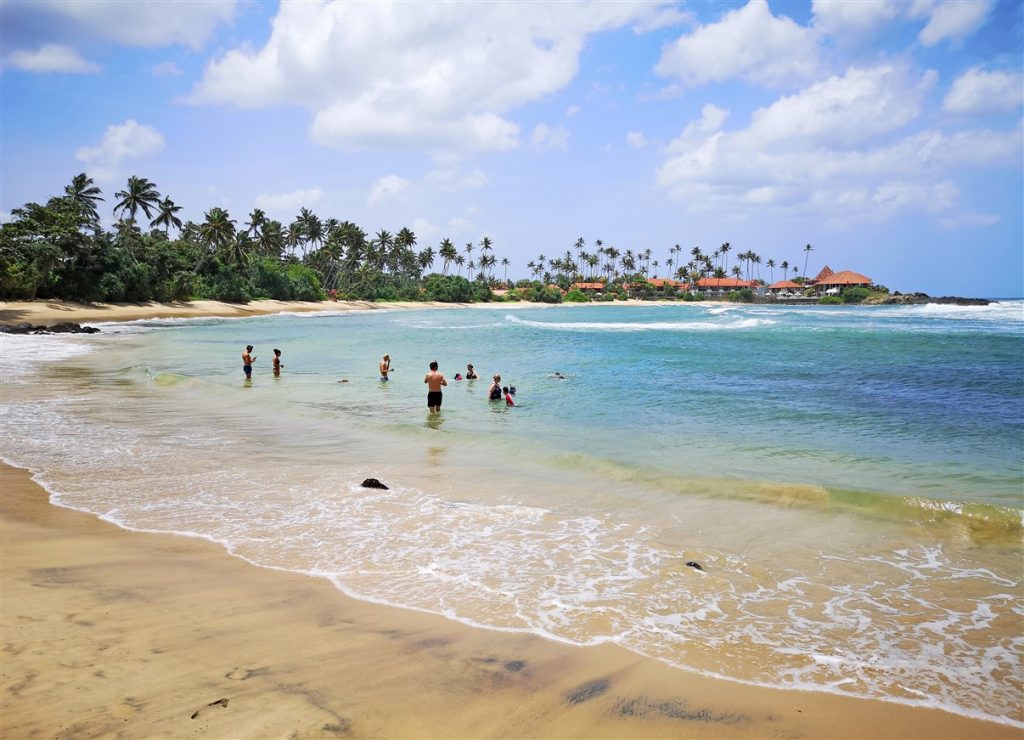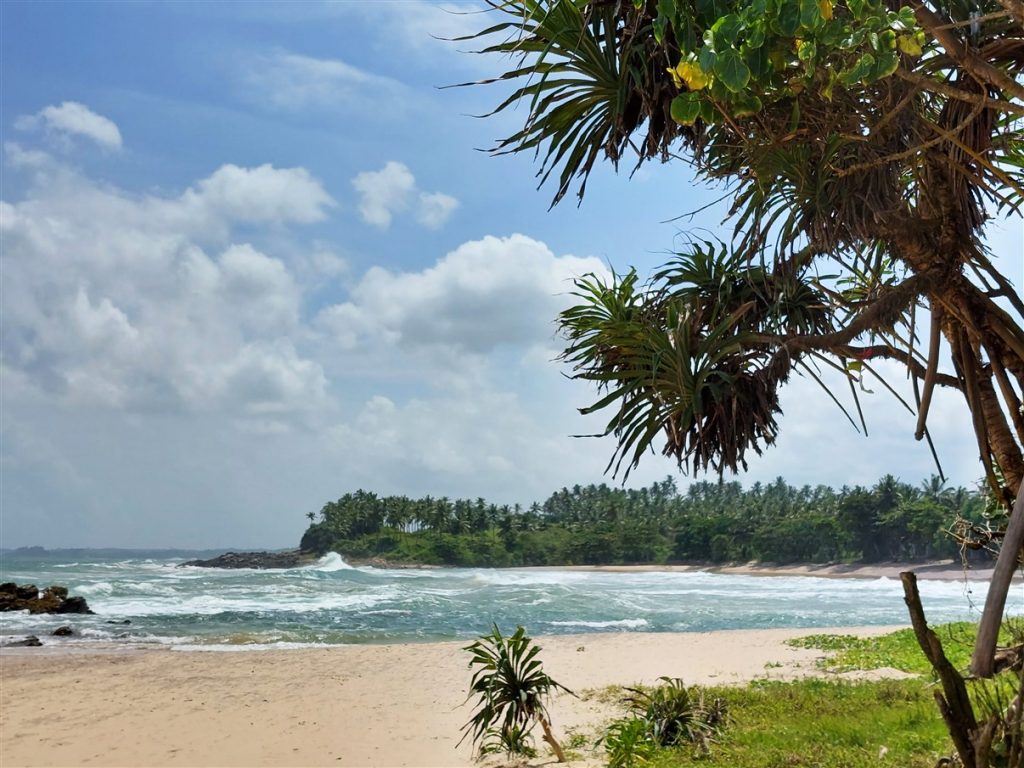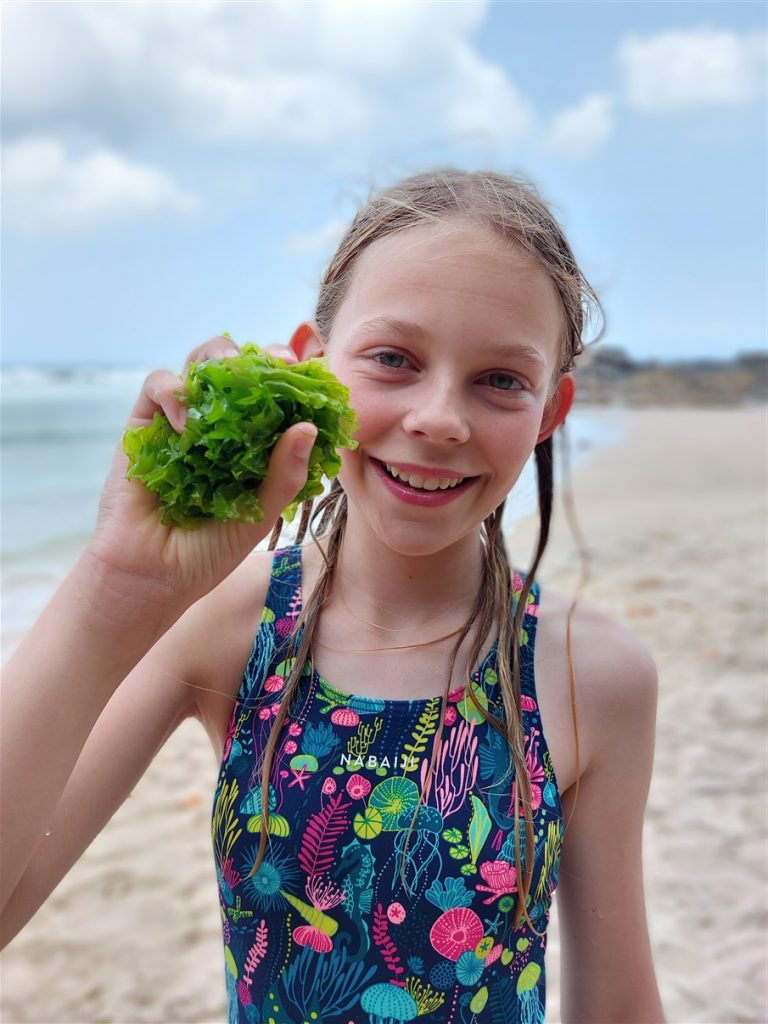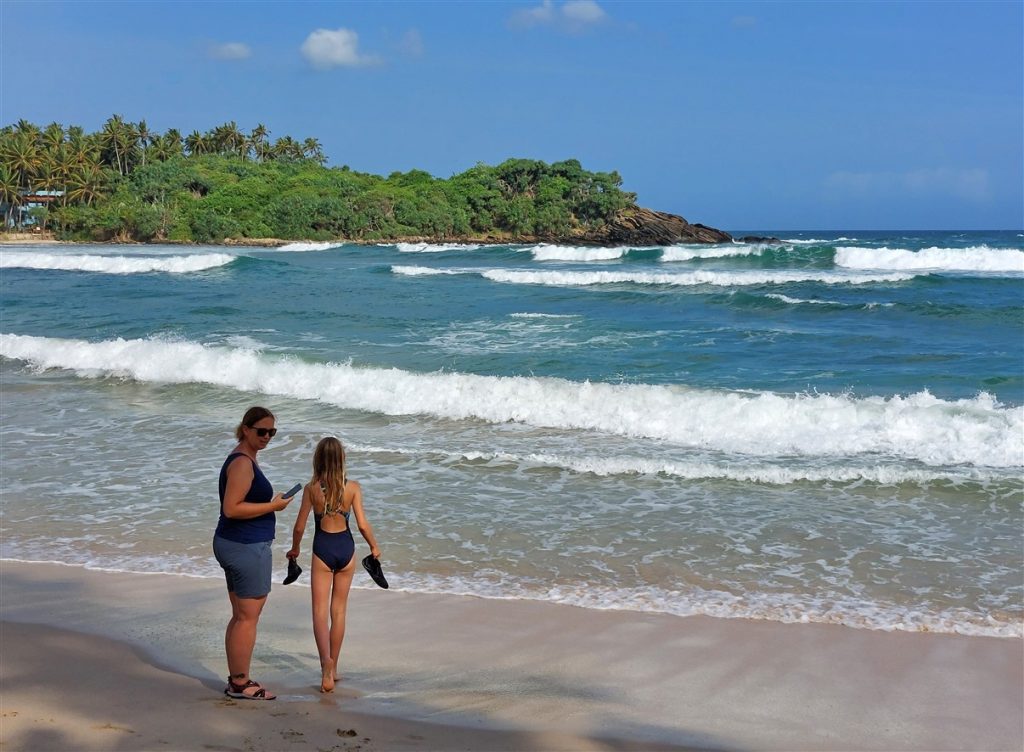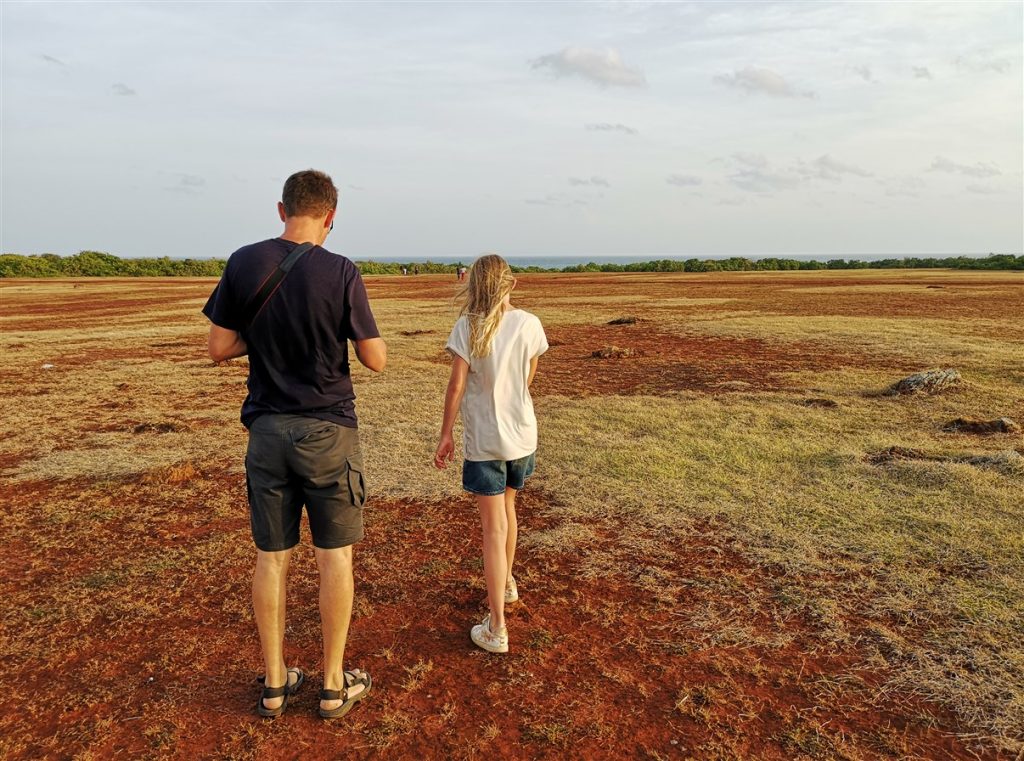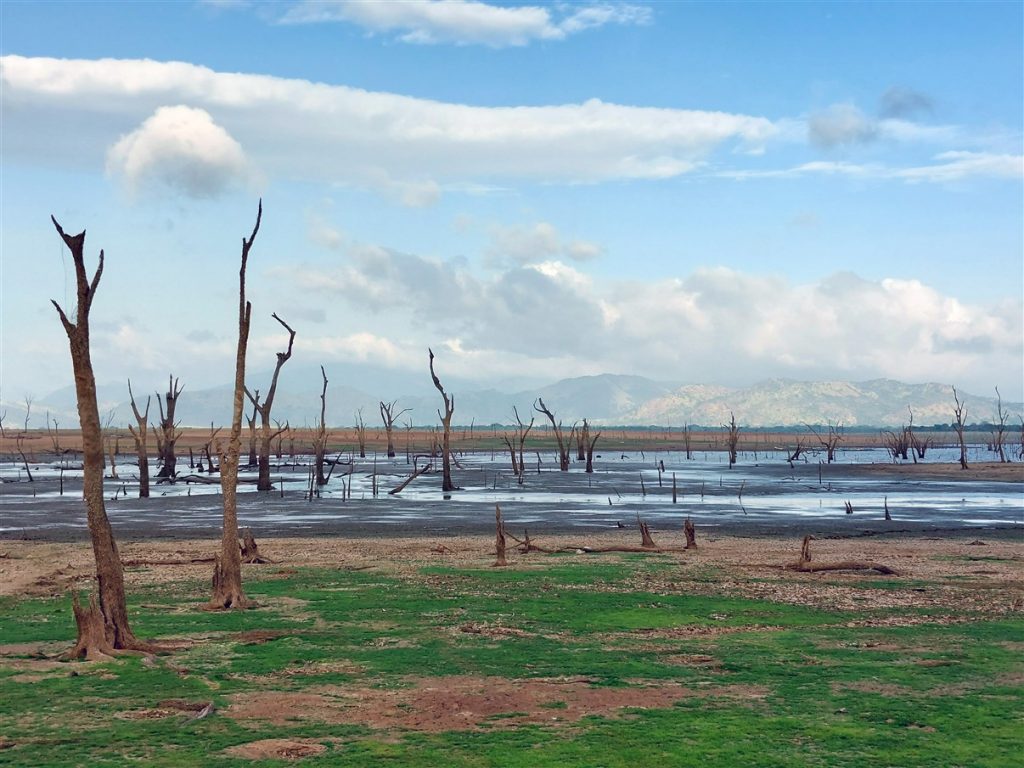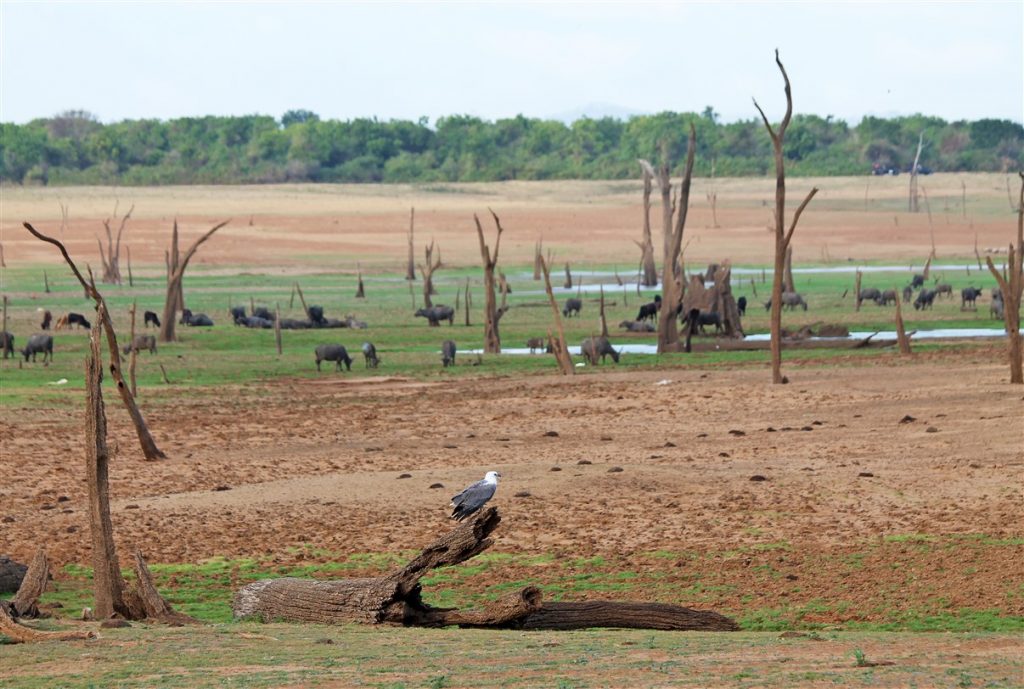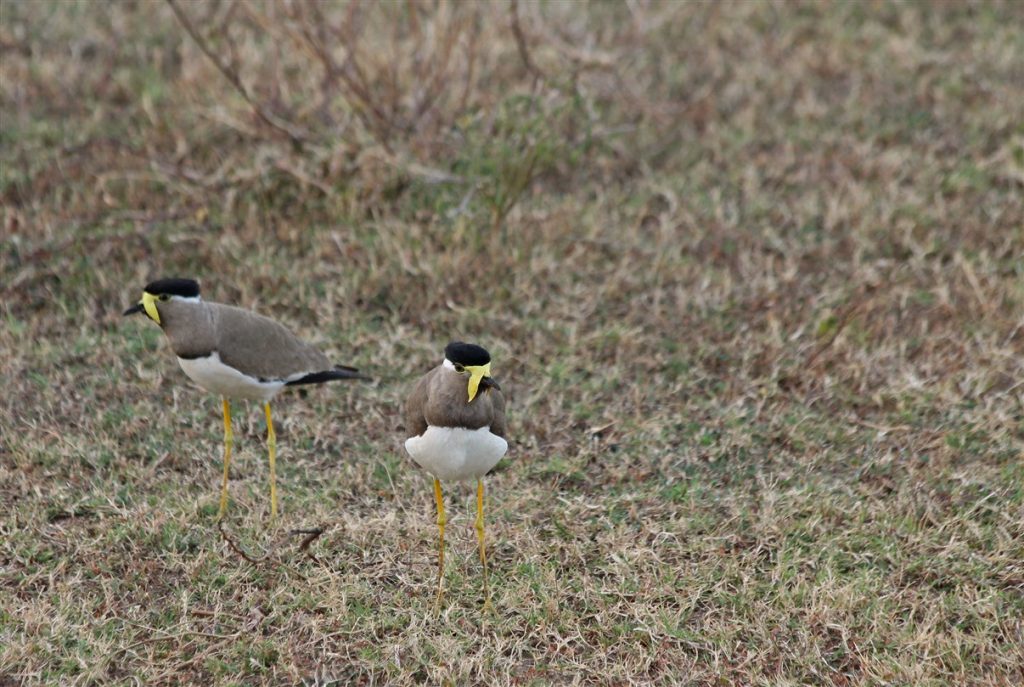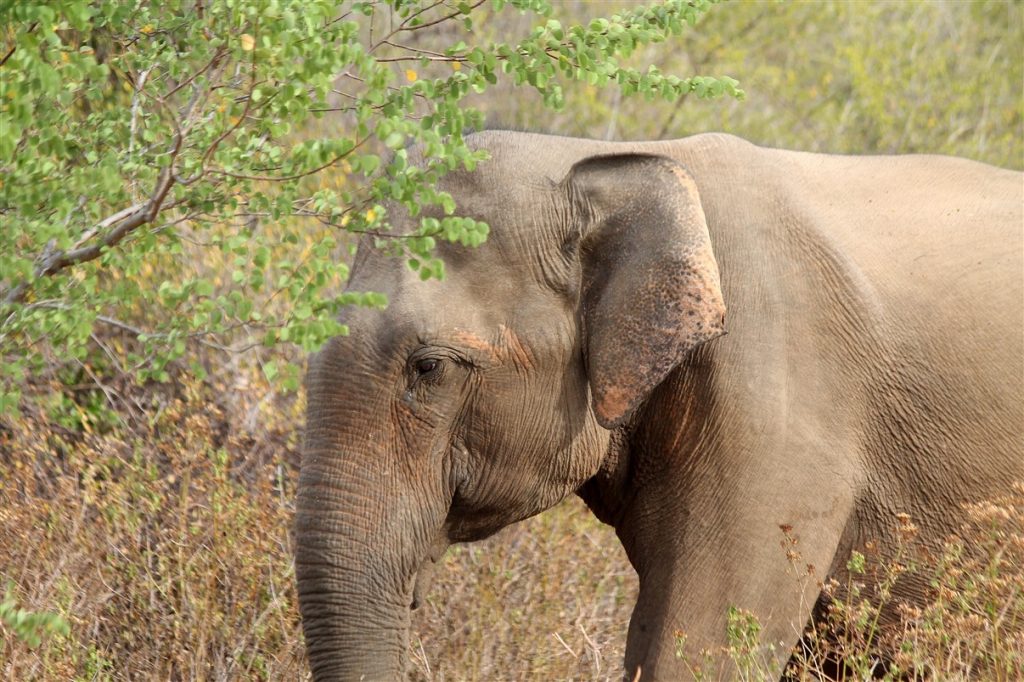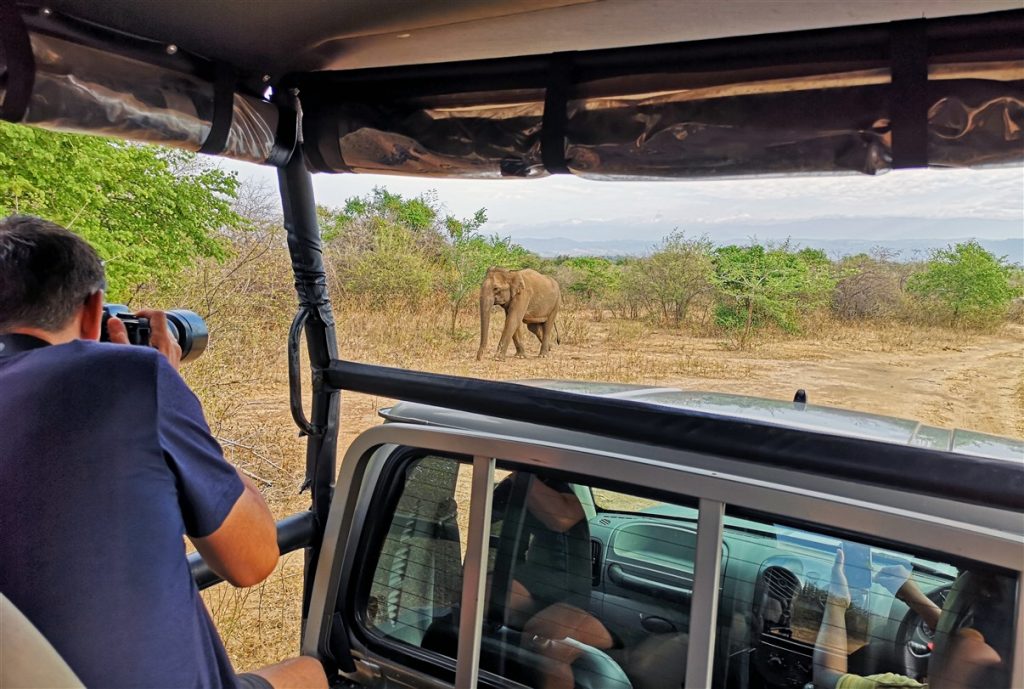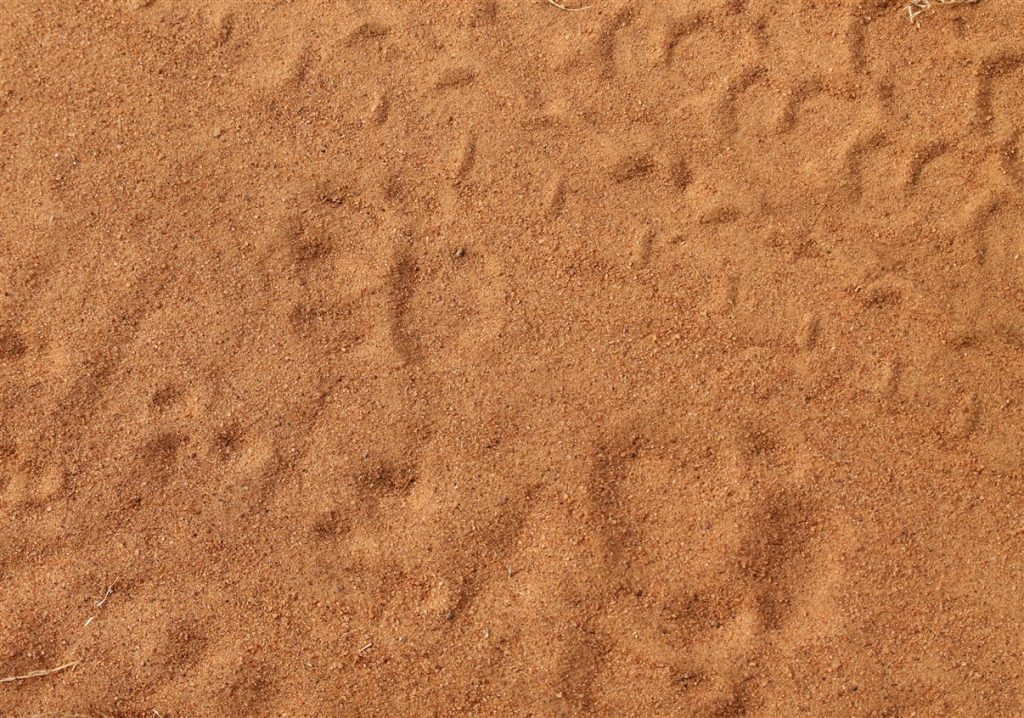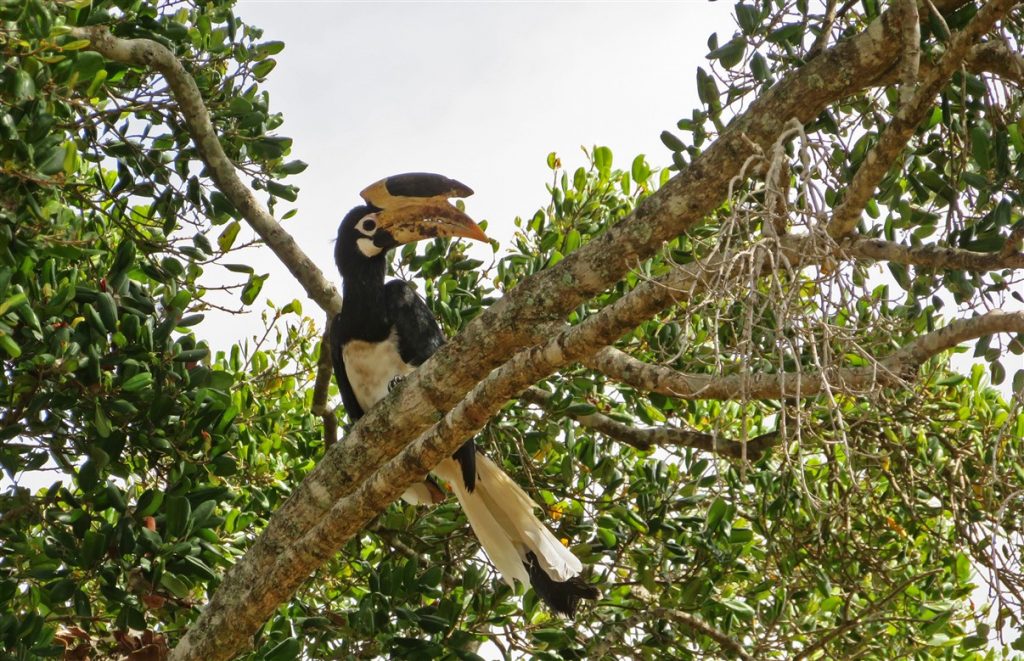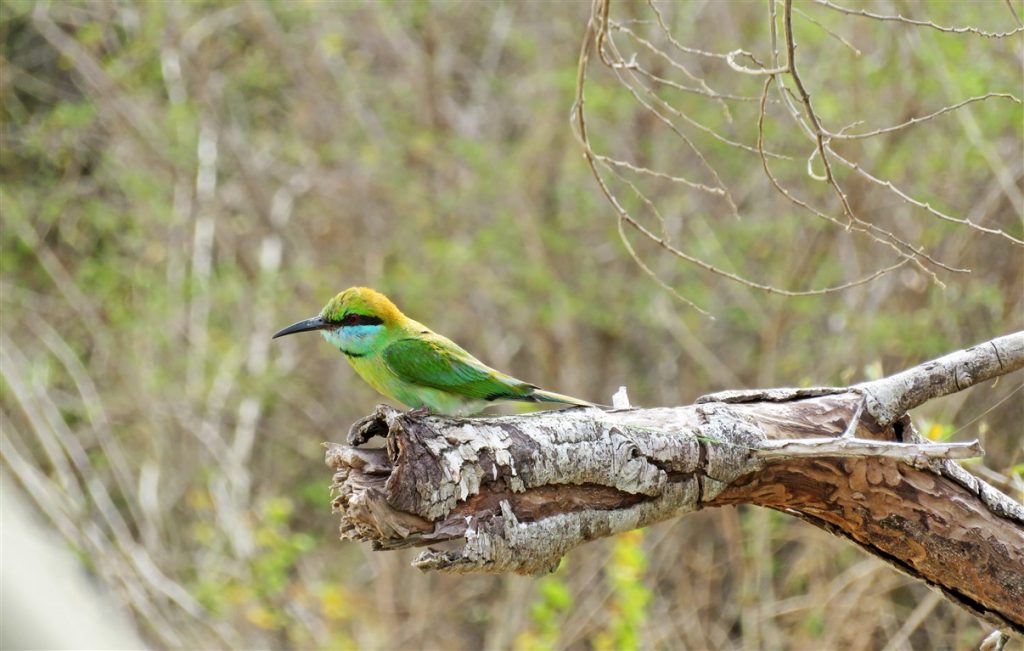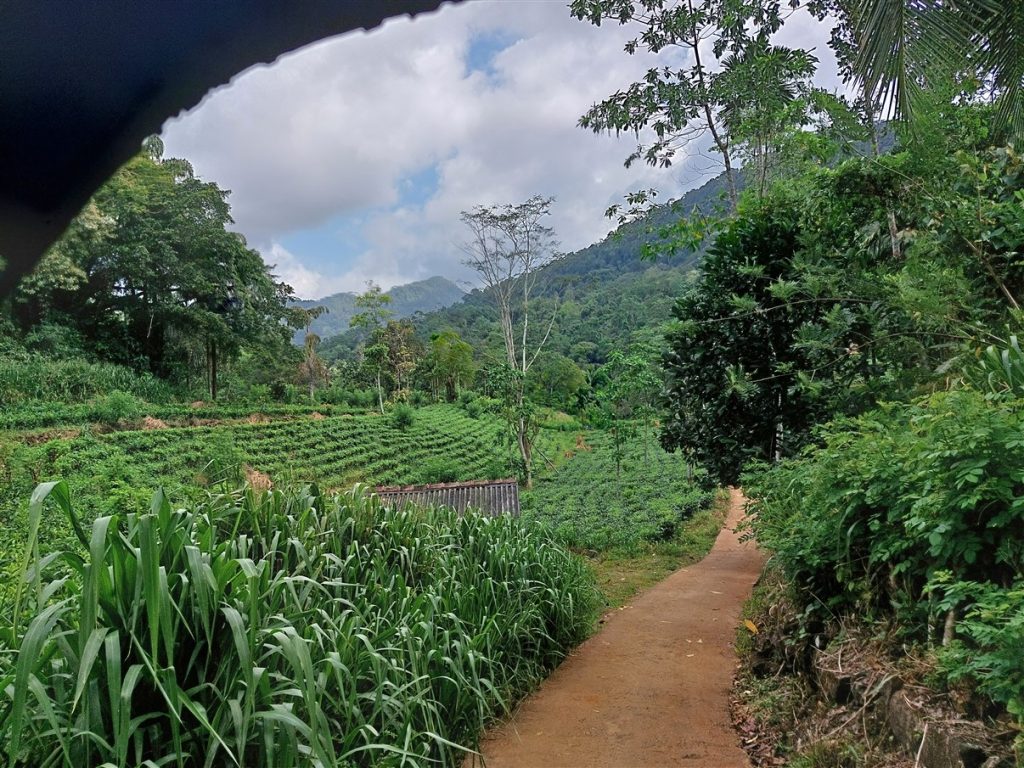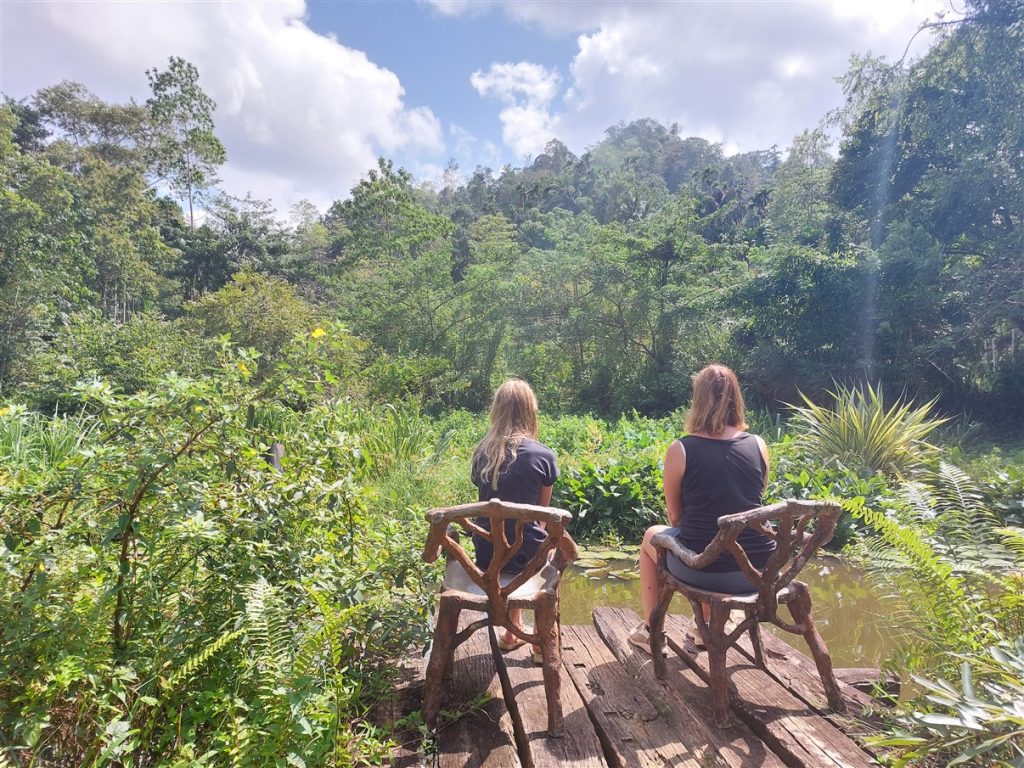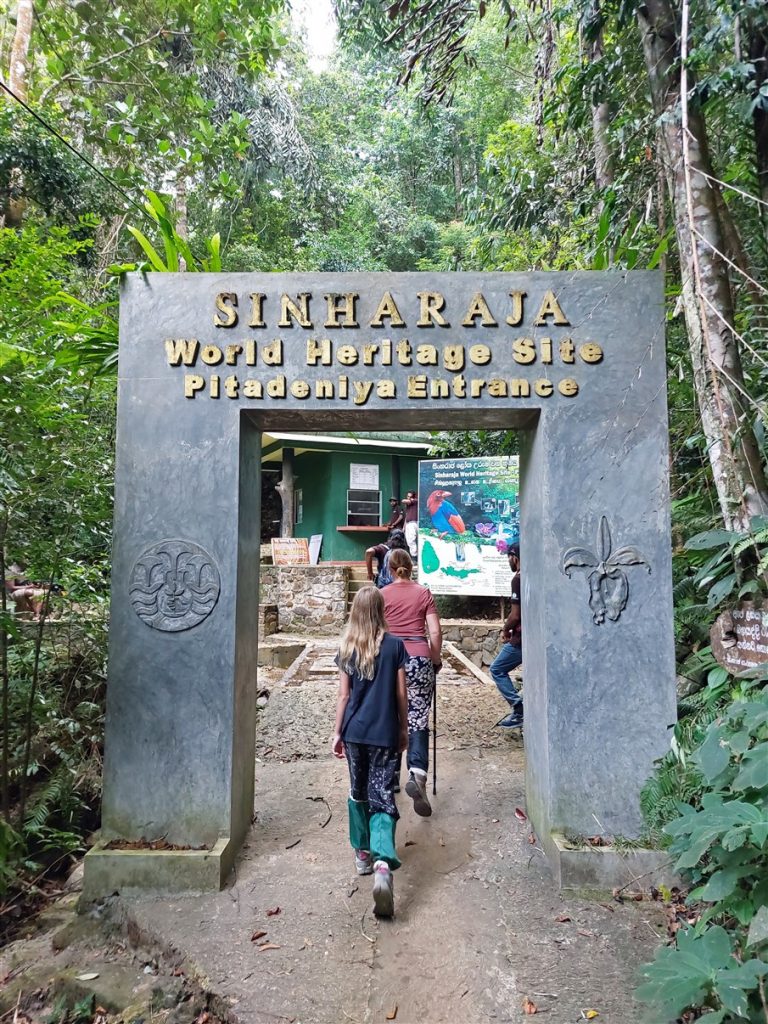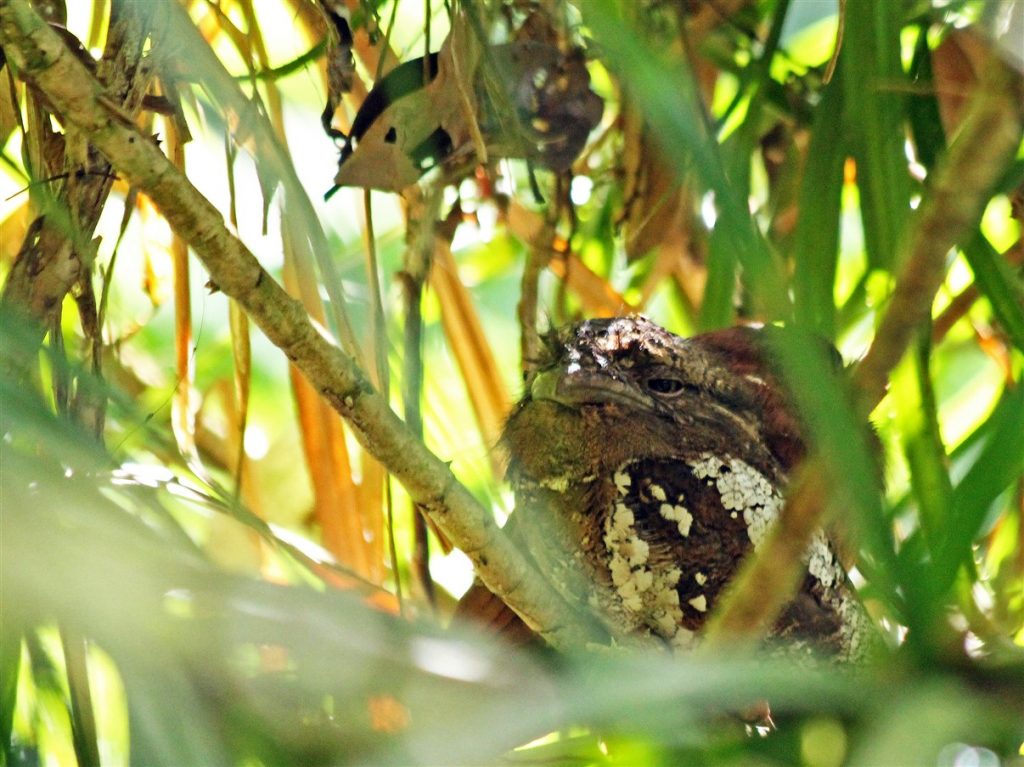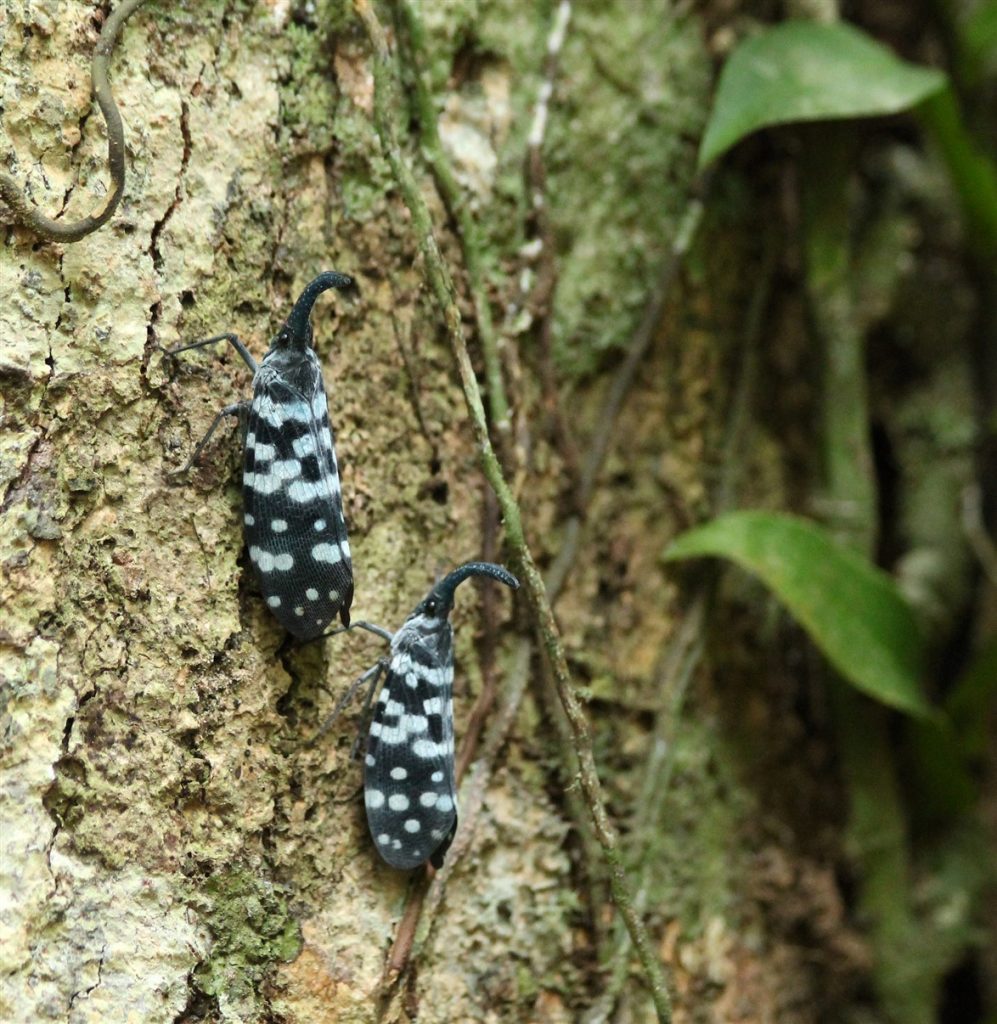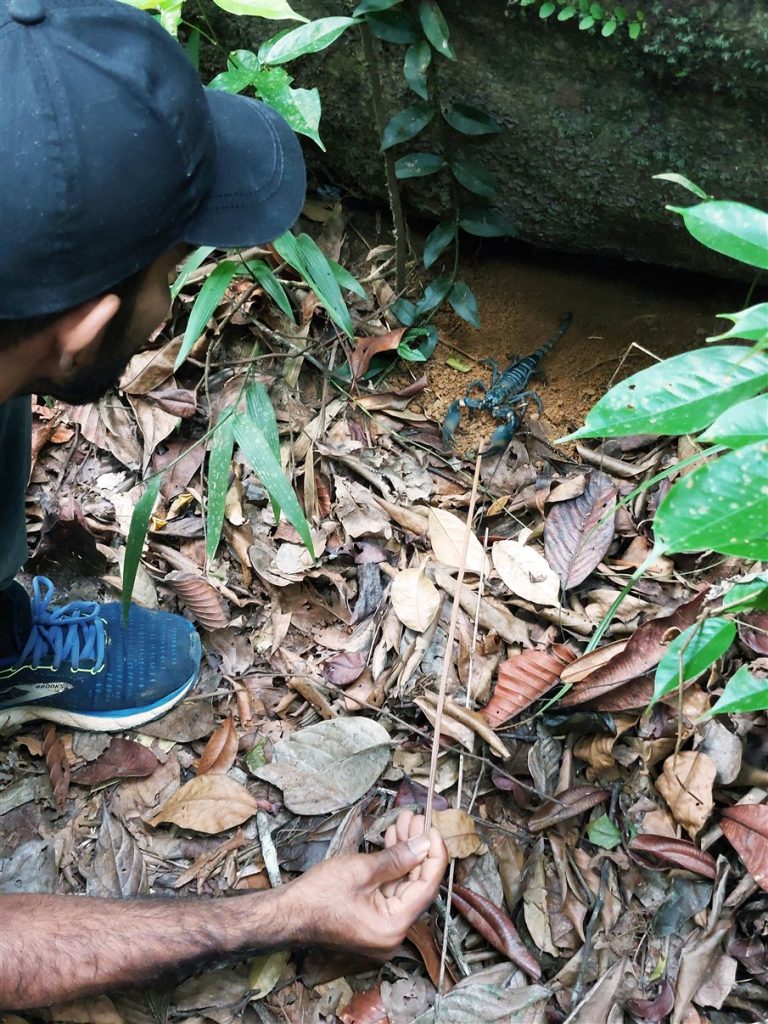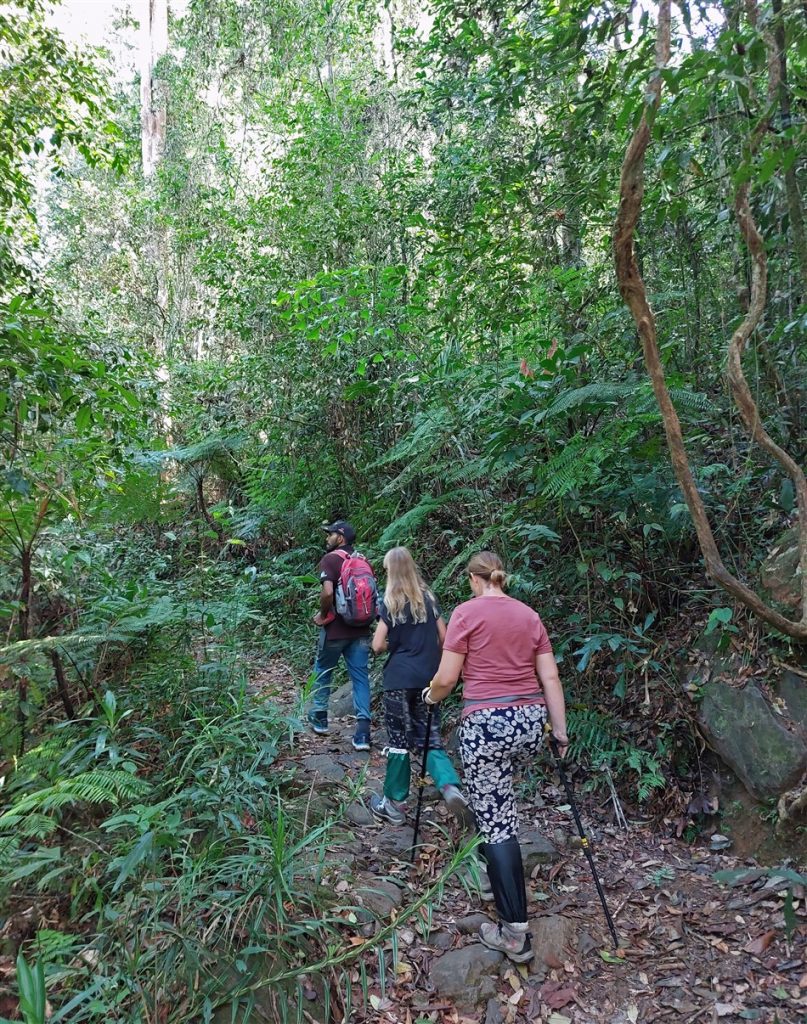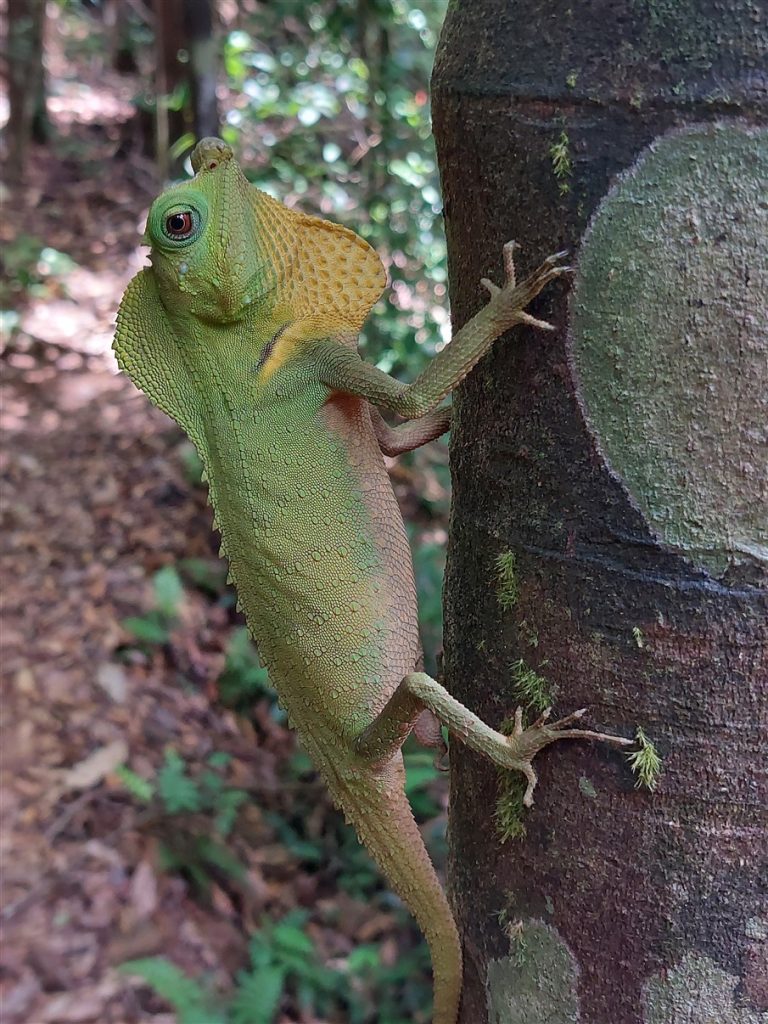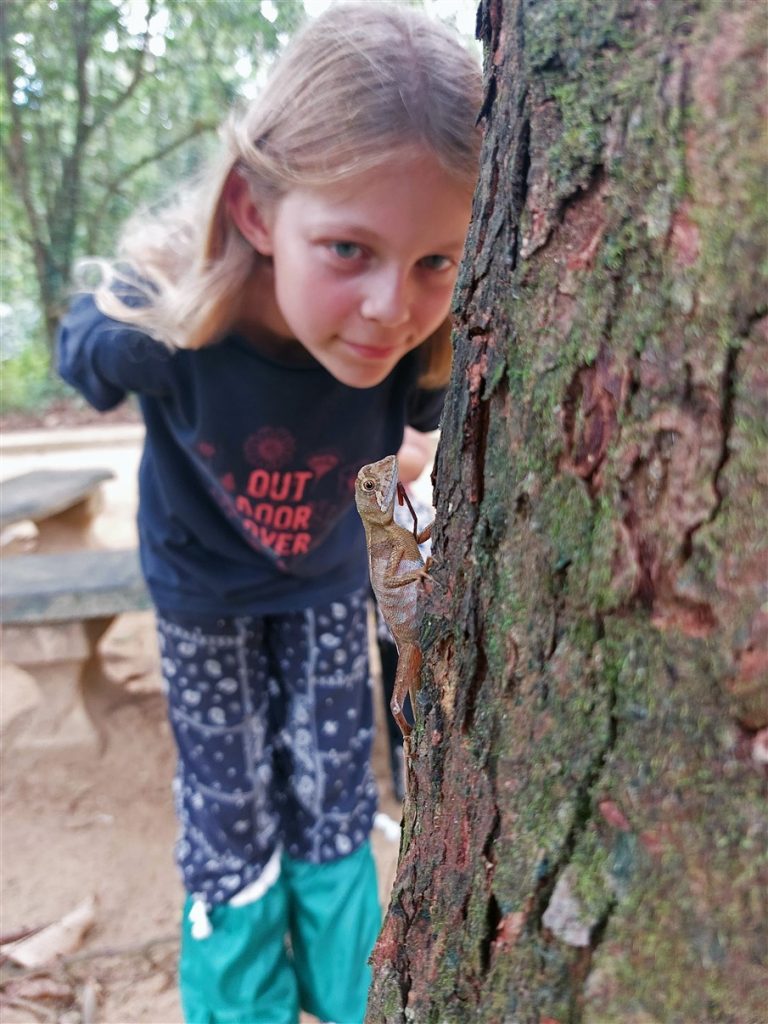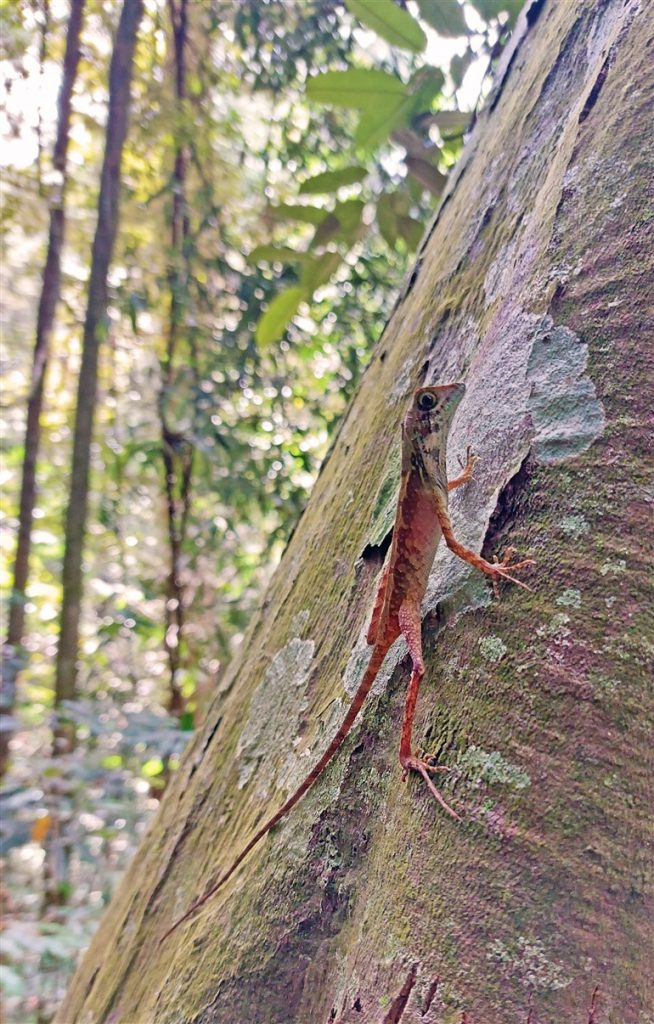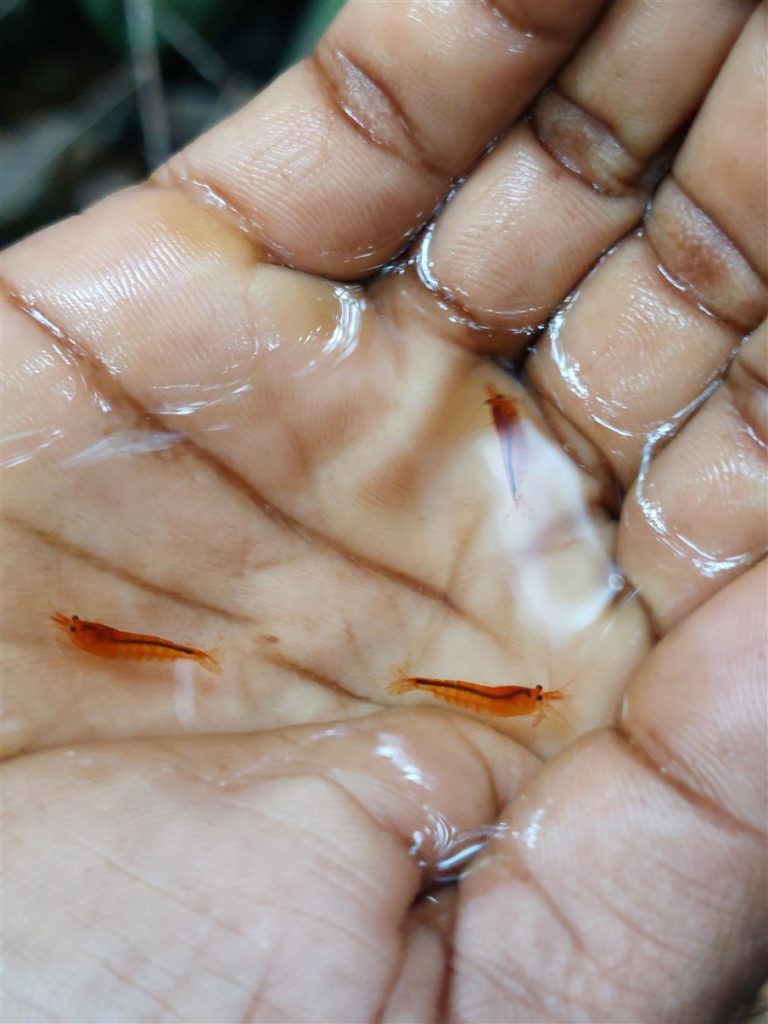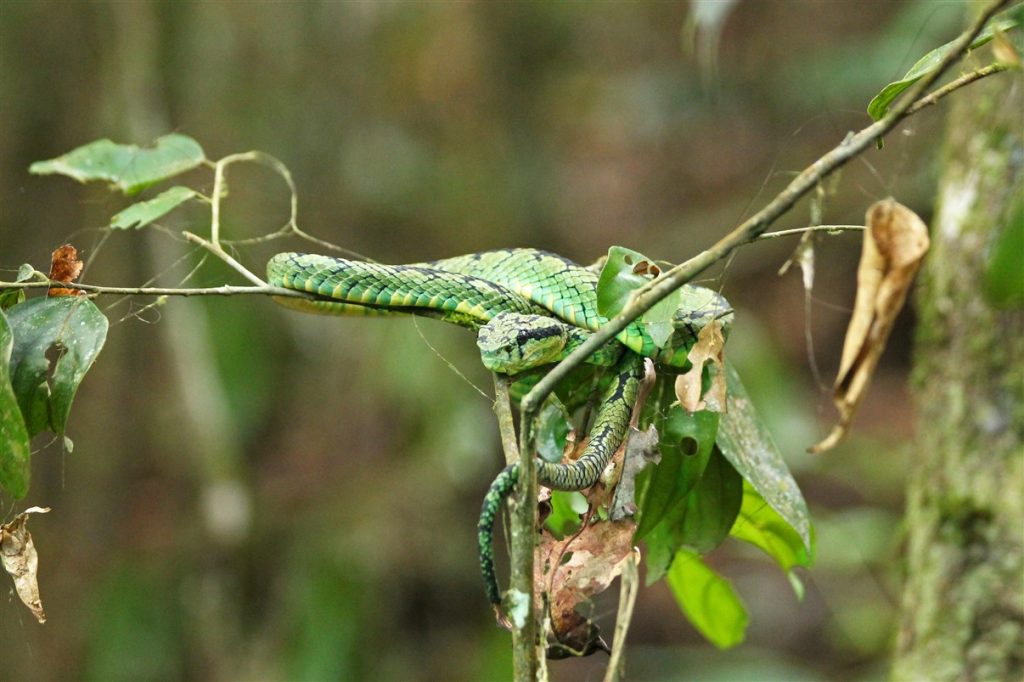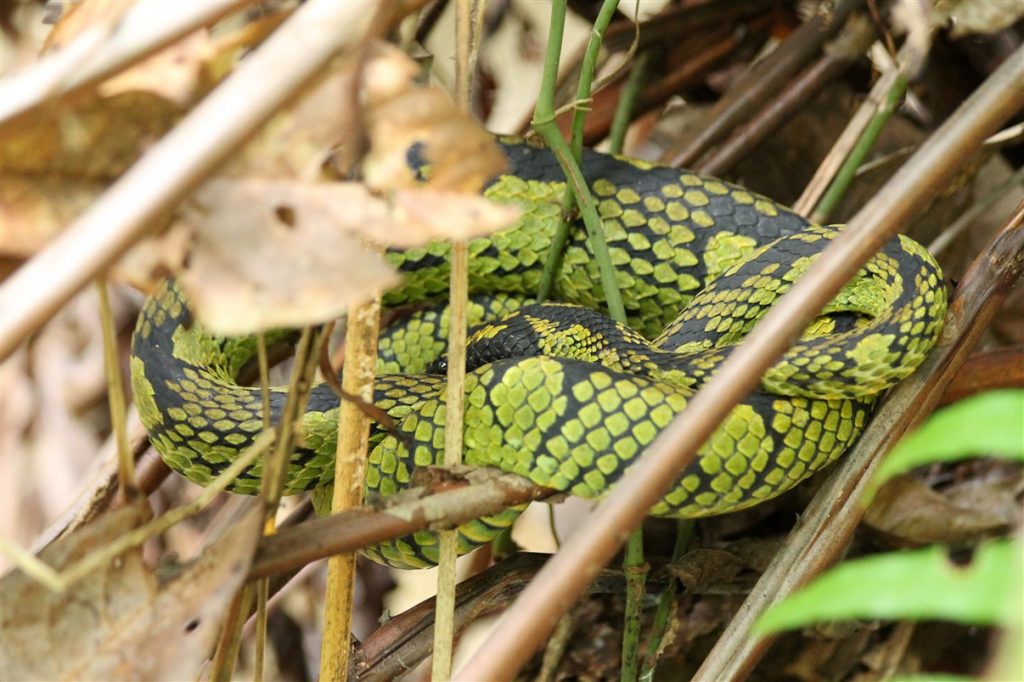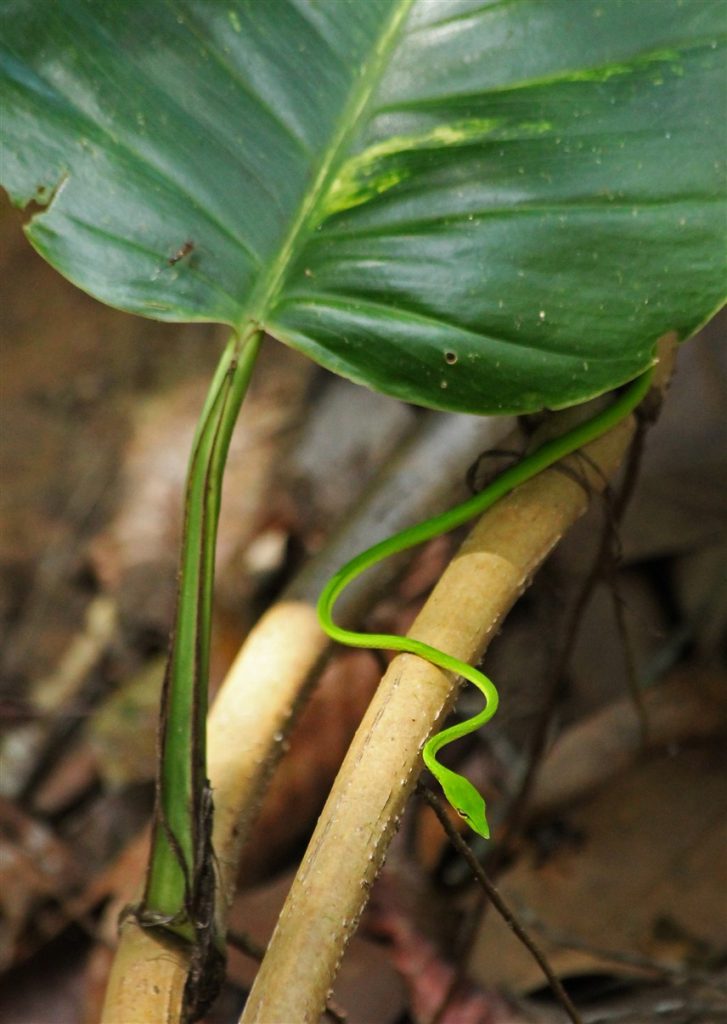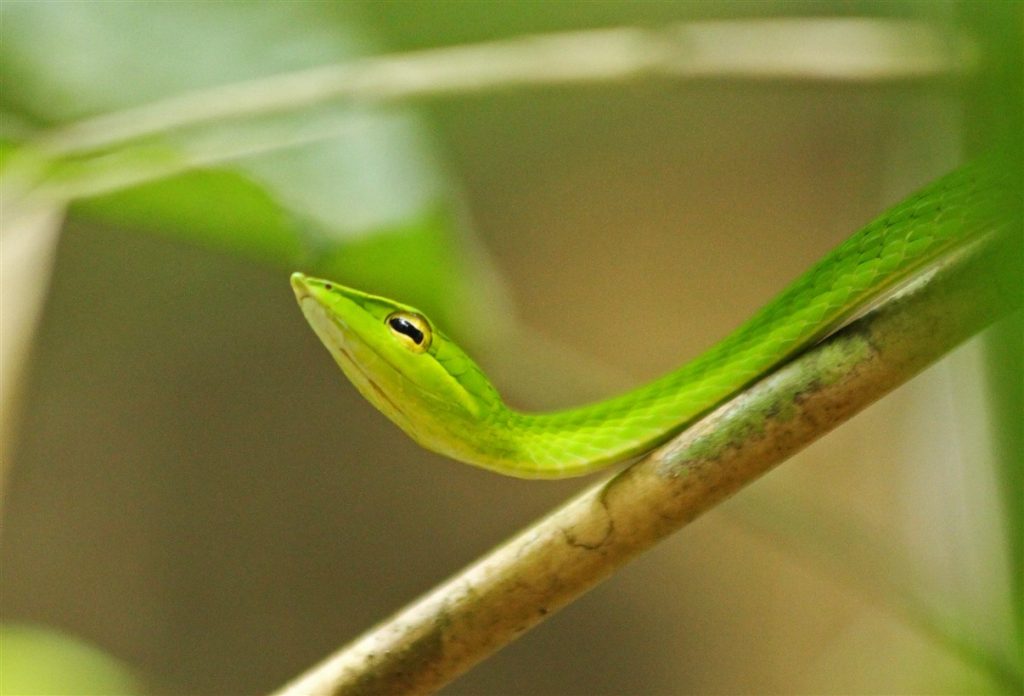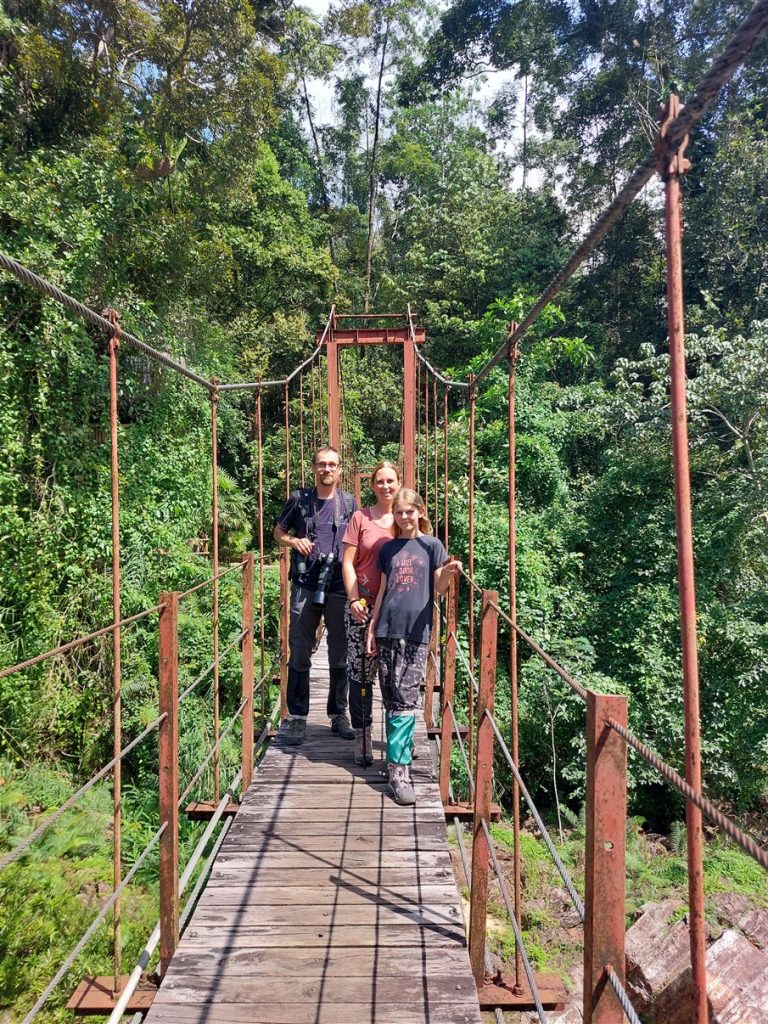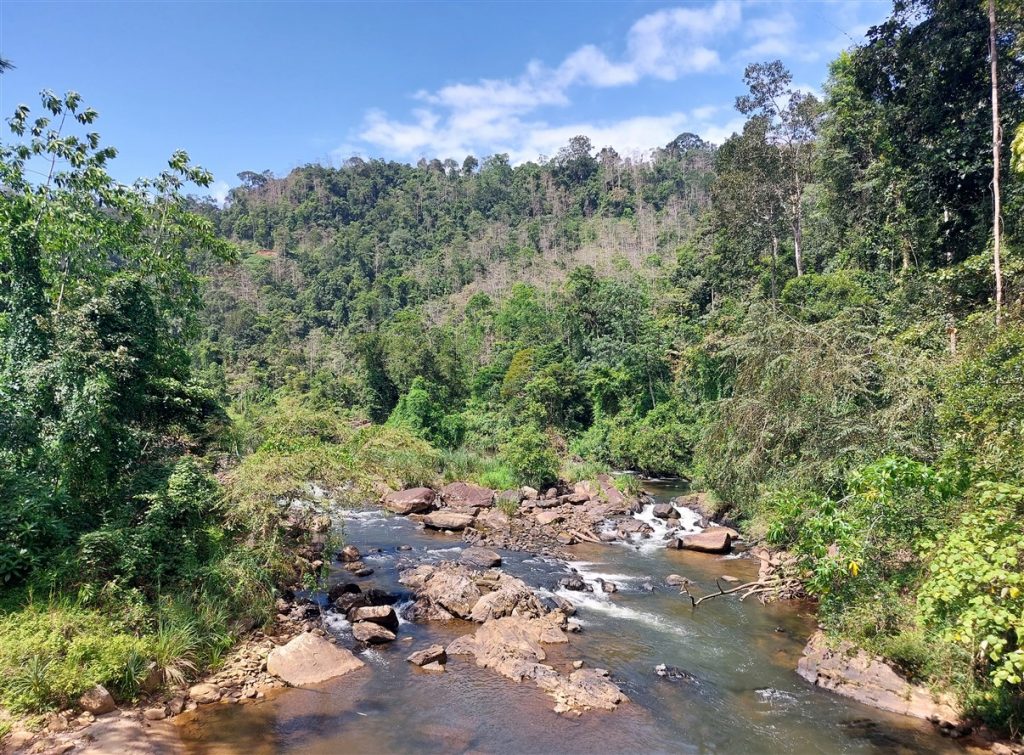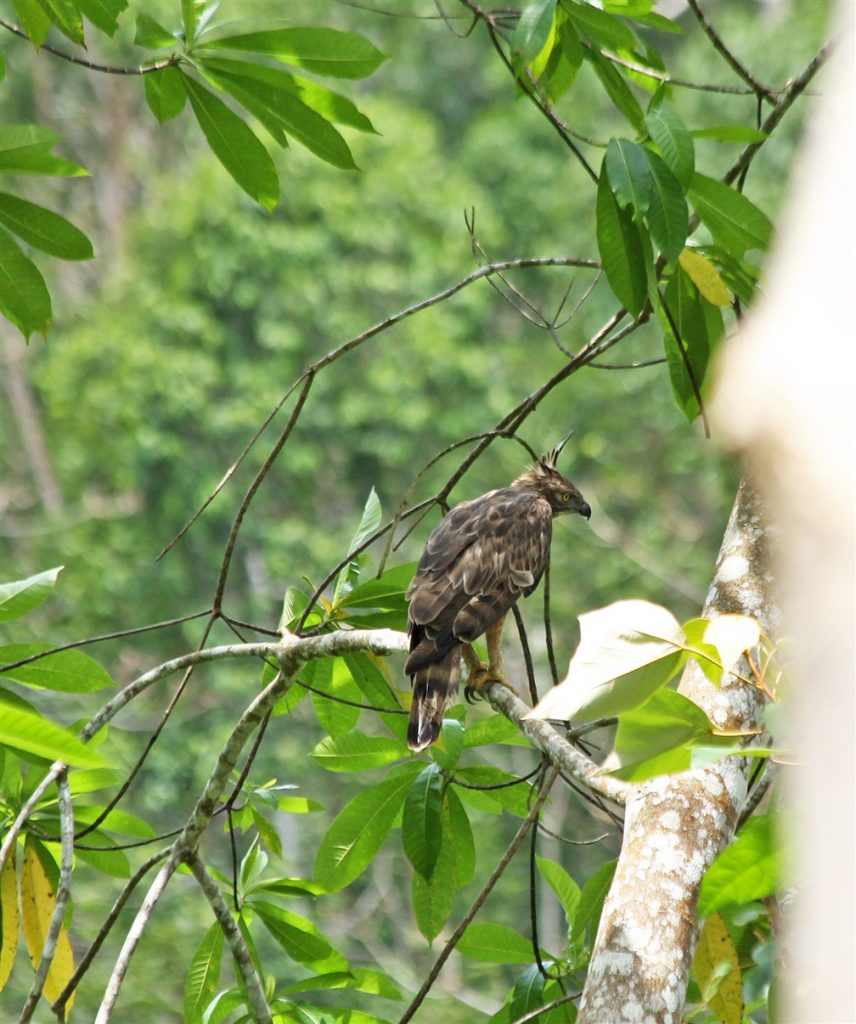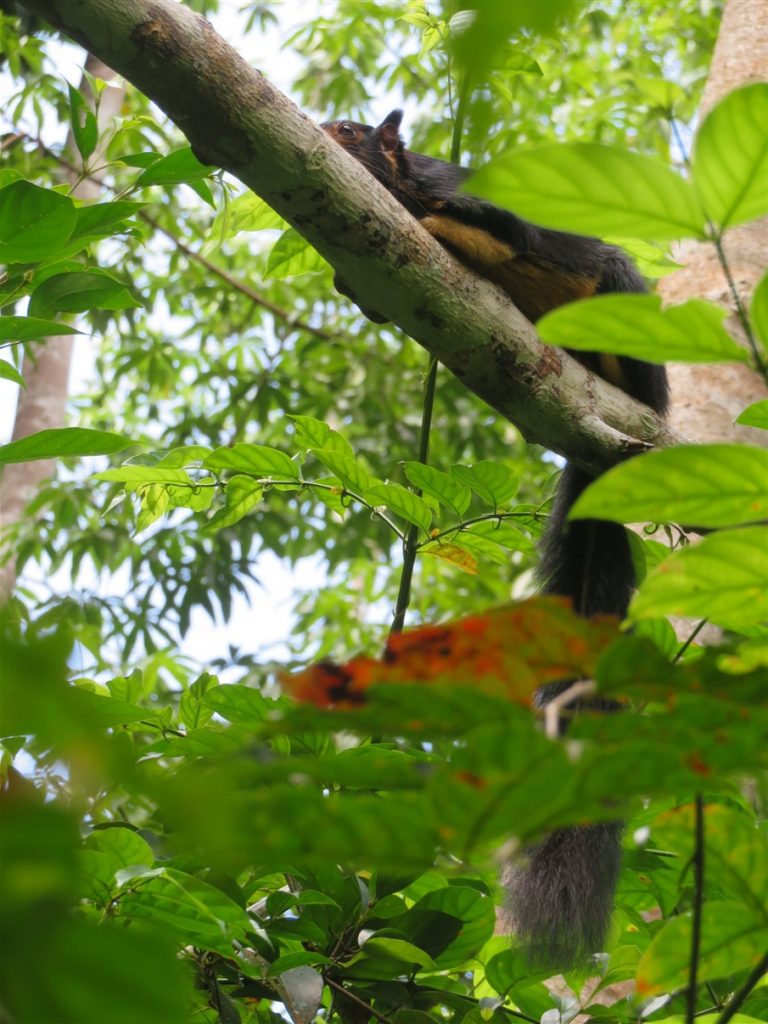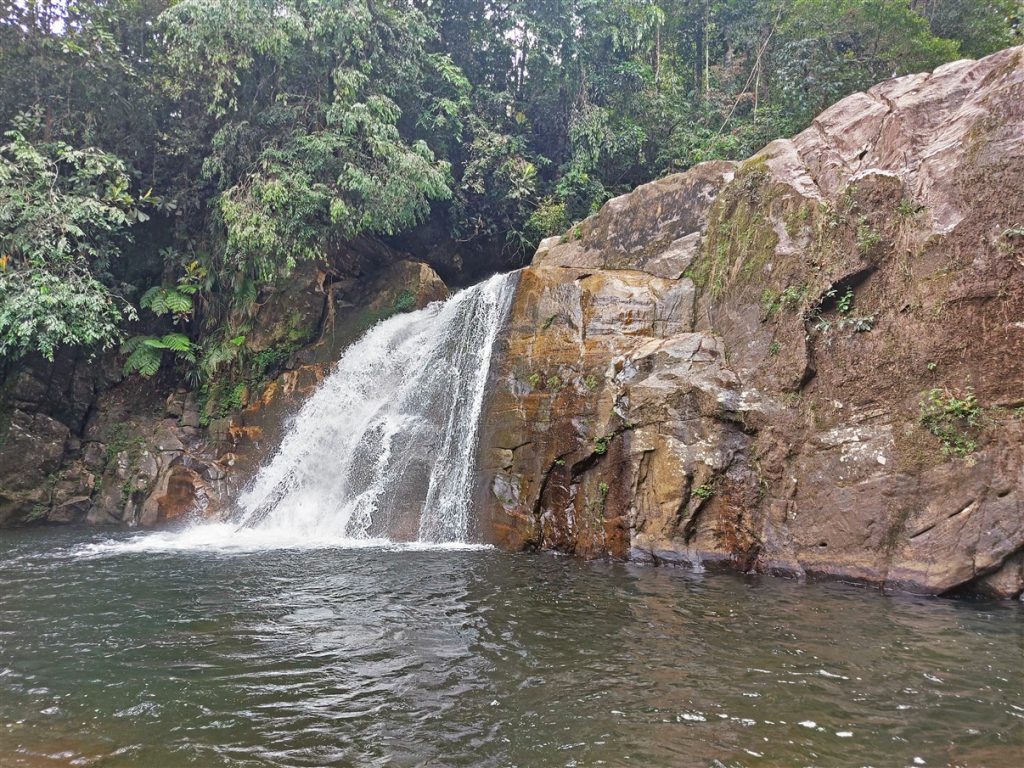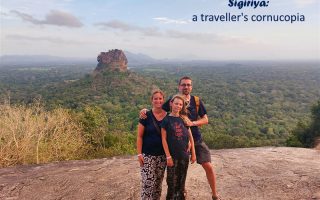Planning is the first and most essential aspect of traveling, and we truly love to do it. The journey really starts online and in books, and it is just so satisfactory to build up expectations while you’re adding to your schedule step by step. Our approach is simple: we look up places we want to see and experiences we would like to enjoy (including e.g. unique accommodations), we plot those on a map and build our itinerary from that information. I do wonder if other travelers use this same approach or not, but for us it works just fine.
Now that Febe is a teenager, we try to take into account all 3 wish/bucket lists when constructing our travel plan. Fortunately, we do have a lot of common interests. Nature and wildlife are always our no. 1 priority and I personally have a thing for ancient history, ruins and artifacts as well. As you can imagine, Sri Lanka was the perfect destination for this family. Our path through the island took us first to Wilpattu and Anuradhapura in the north, then the area around Sigiriya, followed by the highlands (Ella) and finally the southern part of Sri Lanka. We visited in July-August, so in theory the southern region of the country should have been experiencing its monsoon season at that time. But as it turned out, that meant 37°C and sunny weather. It was our greatest miscalculation of this trip.
Nevertheless, since we had anticipated bad weather in the south, our planning was designed to focus mainly on the northern part of Sri Lanka. However, we did have a few bucket list items situated in the south as well. No surfing, no sunbathing and even not a visit to the colonial city of Galle. We went for wildlife. And lots of it.
Yala National Park
I do not know how long ago this was, but a Belgian travel TV-show once sparked our interest for Sri Lanka and Yala NP was at the heart of their short promotion movie. There are many accommodation options near Block I (the most frequented section of the park) in Kataragama, but we had found a little gem of a hotel here, situated along the scenic Menik Ganga river: Gem River Edge. Pure relaxation, lovely room and best food ever.
Coming from Ella, a taxi will take around 2 hours to get to Kataragama. Throughout our trip in Sri Lanka, we always used Less Taxi (WhatsApp +94779481006), a very reliable little company. The transfer cost us 12400LKR, which is about 40 euro. We drove along the B35 road, which is basically situated inbetween Nala NP and Lunugamvehera NP. The road also crosses an elephant migration route (between Nala NP and Udawalawe NP, which we visited a few days later). Before entering the area, our driver bought a whole bunch of bananas, but we did not understand his explanation. Suddenly a large elephant stood in the middle of the road in front of us. The driver dropped the bananas in my lap and shouted “You throw bananas, now!”. It turned out to be the only safe way to pass this point…
Since we had already visited Wilpattu and Kaudulla, we opted for an afternoon safari in Yala. It was a very hot day and the leopards were nowhere to be seen. We were unlucky, but that’s nature of course: you need a bit of luck to spot something. We did see a lot of other animals, though, and some even from very up close: wild boar, buffalo, crocodiles and a lot of birds… Our driver and guide really did everything in their power to spot a leopard for us and after closing time even took us along the border of the park. We did come across another wild boar and an elephant, but no big cat. Even though there was some disappointment, the experience had been spectacular again.
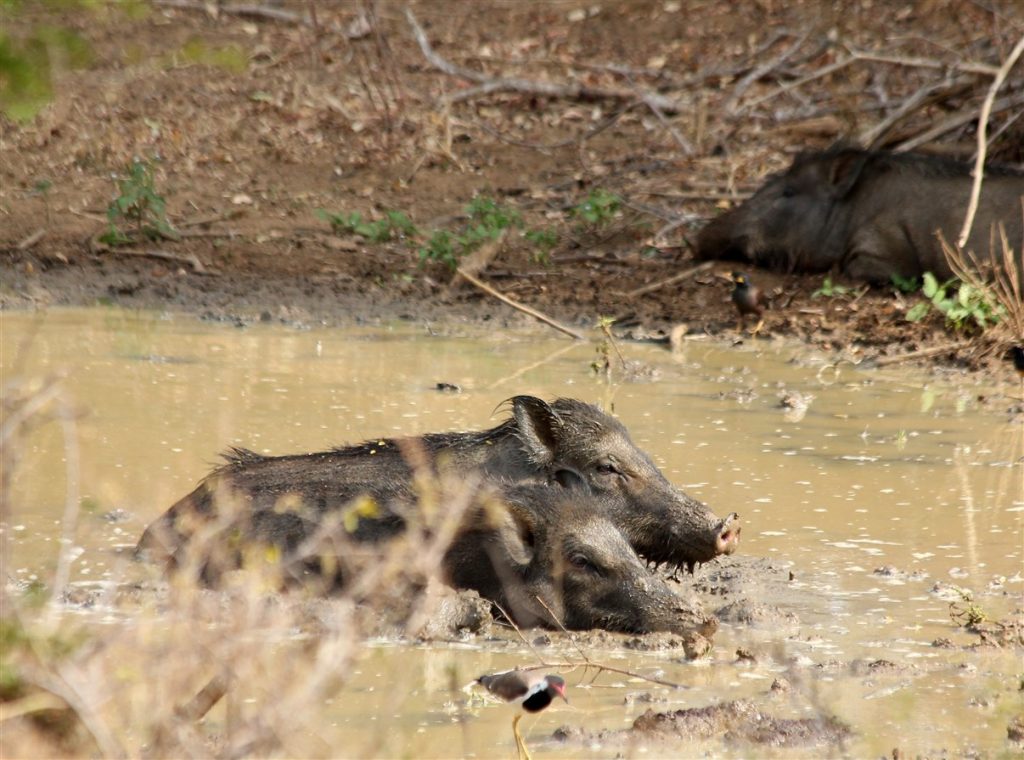
Turtle Point Batheegama
I’m quite strict when it comes to planning. I know that most people love to go somewhere and allow themselves to be surprised by what crosses their path, but I like to be in control. There was only one day in our schedule that wasn’t “arranged” yet, and since the weather was good, we asked our hotel for a driver to take us to the coast. First stop: Turtle Point in Batheegama (Dickwella), following a tip we received on Instagram. We had some difficulties finding the exact location (most locals did not recognize the name) and were slightly concerned about the high waves we saw (despite the lovely weather, it still was monsoon season after all), but Turtle Point turned out to be another highlight. It is located in a sheltered bay and it is full of inquisitive Green Turtles. We were able to swim with them and feed them green algae from the nearby rocks, an unforgettable moment. Most importantly: this is not a secluded pool, but a natural bay with access to the see, where turtles naturally converge.
Hiriketiya
We stopped here for lunch and to have some fun in the waves of this surfer’s paradise.
Ussangoda National Park
Our driver specifically wanted to take us to this place, because of its unusual red soils. According to general beliefs, this is a meteor impact zone. This national park is also of archaeological and biological importance.
Udawalawe National Park
Udawalawe NP is an important habitat for water birds and Sri Lankan elephants. This was the last of 5 jeep safaris we had on this trip. Since we already saw so many different species in the other parks, we told our guide that he didn’t have to specifically look out for large mammals and that we loved reptiles and birds as well. He loved the idea of a different approach and we had a great time here. Driving through a dried-out reservoir, dotted with skeleton-like dead trees, was truly spectacular.
Sinharaja Forest Reserve
As you might already have guessed, Sri Lanka was a succession of highlights for us, one after the other. Sinharaja was the last one in line, but also the most memorable. Considered to be the country’s last viable area of primary tropical rainforest, Sinharaja was designated a Biosphere Reserve and World Heritage Site by UNESCO in 1988. It houses a very high number of endemic animal and plant species and if you love nature, you really should visit this place.
If you want to go hiking in the forest, the best place to stay is Sinharaja Forest Edge in Deniyaya, which offers basic (no air conditioning) and also more comfortable rooms (with air conditioning), their very own restaurant (service is a bit slow, but very friendly) and lots of necessary information. They also give you a free pickup from the tiny Mederipitiya village (and back after your stay), since the last part to the hotel can only be done by 4X4. Really: adventure already starts before reaching the hotel. As its name already suggests, this hotel is situated at the edge of the forest, so while you drink a cocktail in the small swimming pool you can hear the sounds of the forest all around you. Just spectacular!
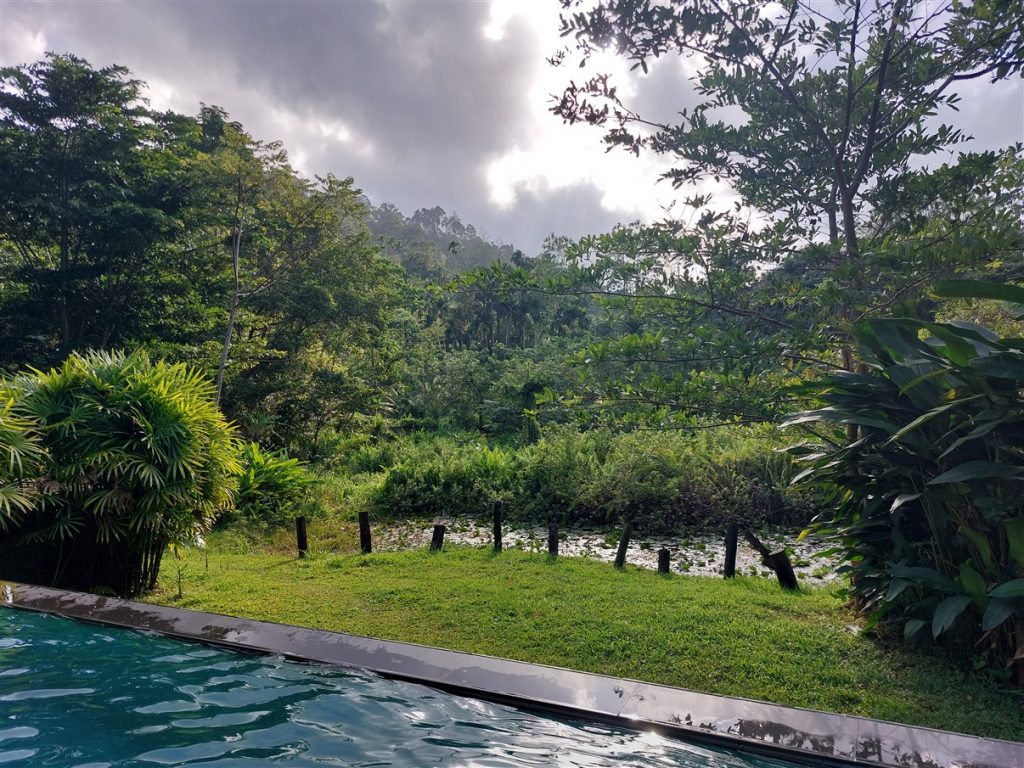
We had booked for a day-long trip through the forest (25 km), but the lady of the hotel advised against it since this is only suitable for skilled hikers (and certainly not for our 13-year old). So the next day we set out for a shorter, but still 14.5 km long-hike through Sinharaja Rain Forest and towards two waterfalls. The heat and humidity, as well as the uneven terrain and a number of steep climbs turned this hike into quite the sweaty challenge. It was all worth it, though, since our two guides spotted lots of unique animals. They showed us from experience how difficult it is to spot a snake when it’s just in front of you and were very skilled in finding lizards, frogmouth birds, freshwater crabs, butterflies and scorpions.
We crossed a very high suspension bridge which offered very nice views over the Gin Ganga river, to reach the Pitadeniya Conservation Centre. From there we ventured back into the forest in search of more hidden creatures and two picturesque waterfalls.
To enter the forest you are obliged to wear leech socks, but of course leeches do not only feed on legs. I discovered a large leech attached to my belly when I wanted to go shower after the hike. These guys are harmless, but it took a few hours for the bleeding to stop… Looking for some real adventure? Go to Sinharaja!
Ambalangoda
Sri Lanka is all about making memories, but if you want to bring something tangeable, we would recommend to go to the heart of mask making on the island: Ambalangoda. The Ariyapala Mask Museum is the place we would recommend: these people have a long tradition of making wooden masks and quality is very good here. A beautiful Naga Raksha mask (or peacock mask) is bringing peace, harmony and prosperity to our home now.

If you don’t want to miss any of our updates, follow our Whatsapp channel!


